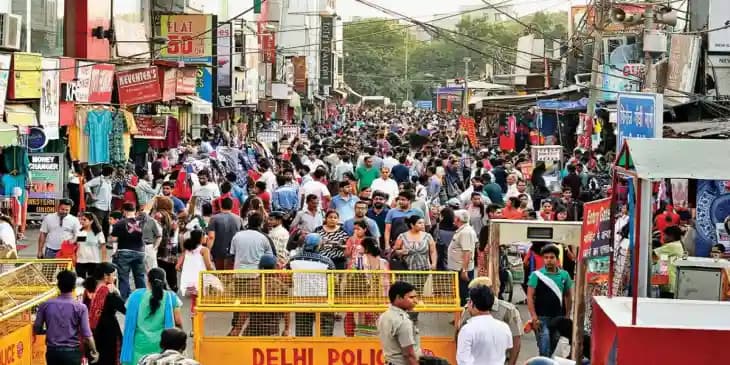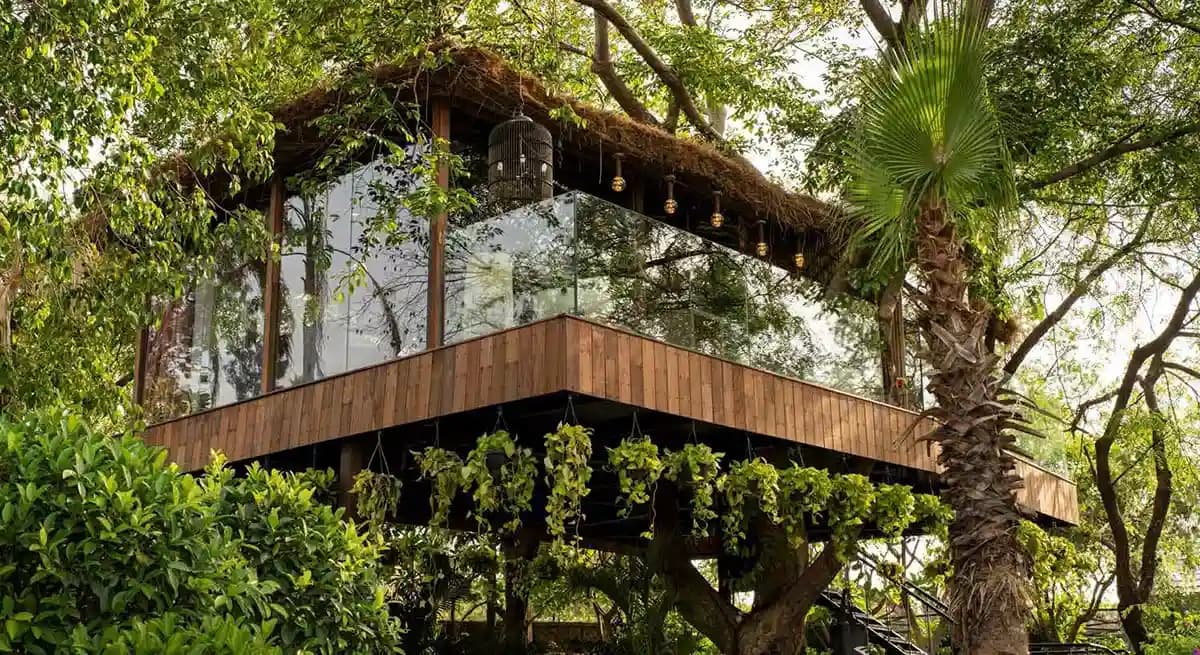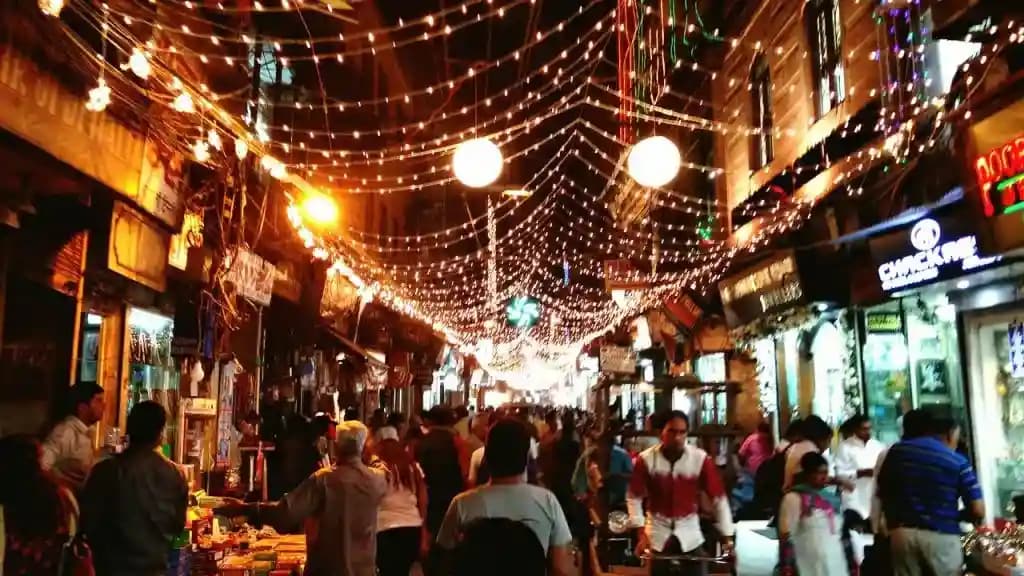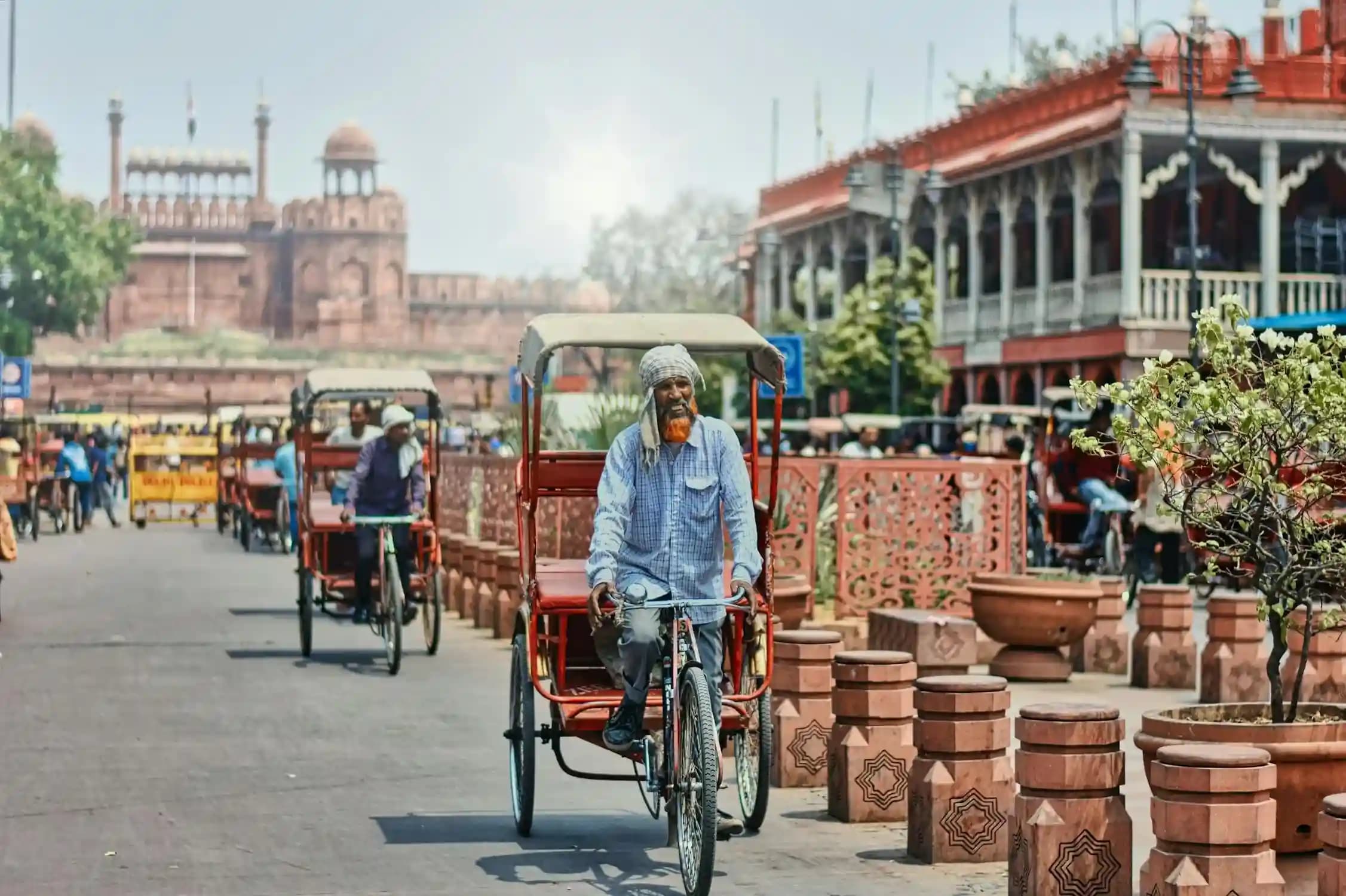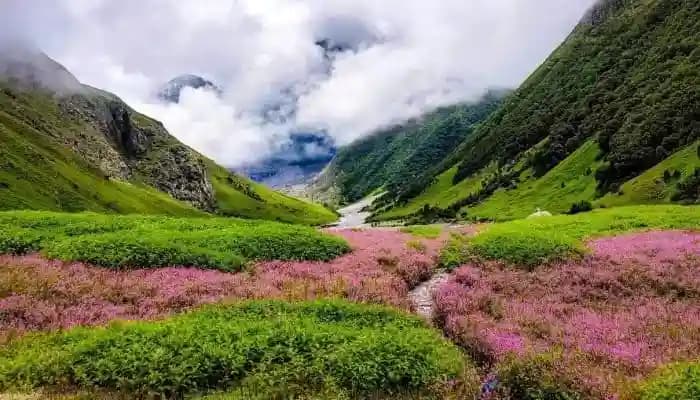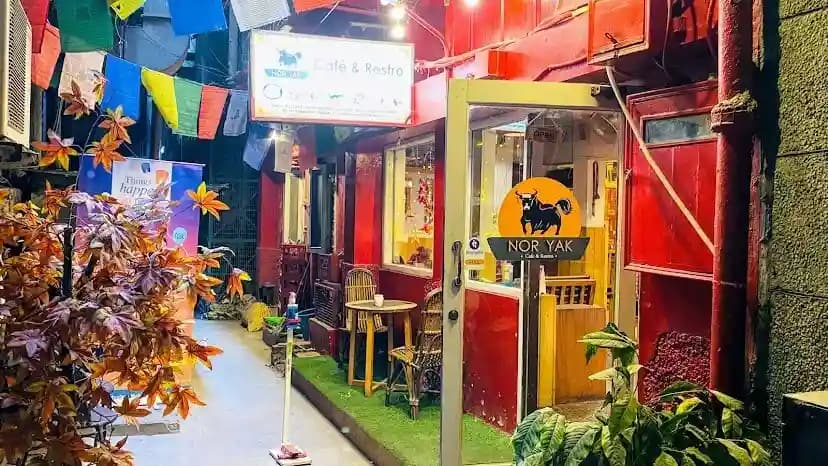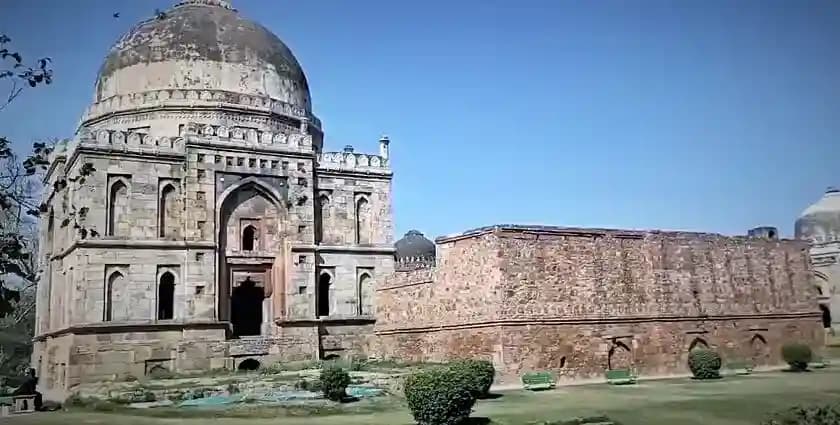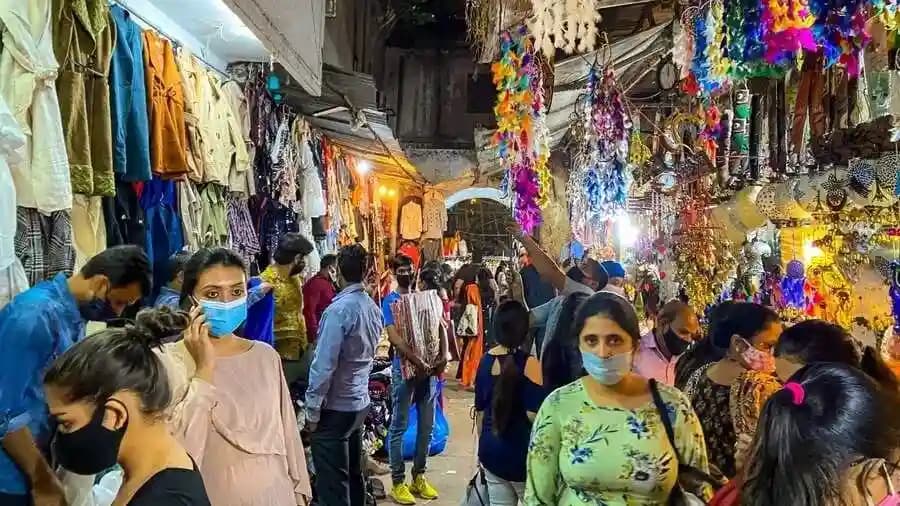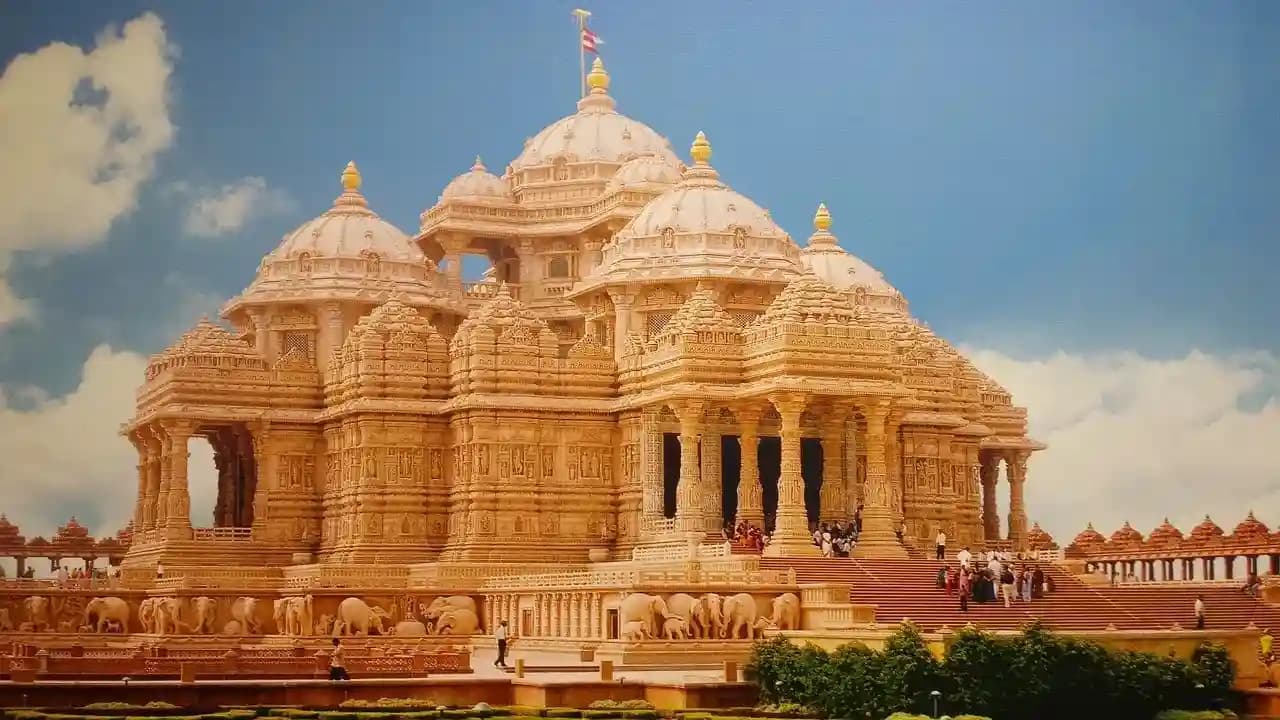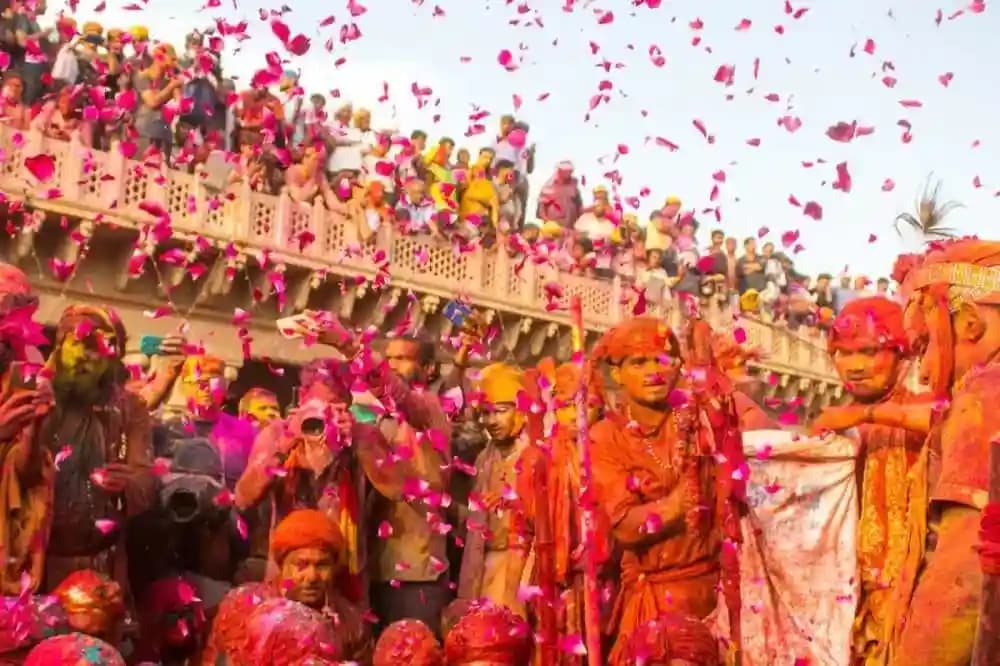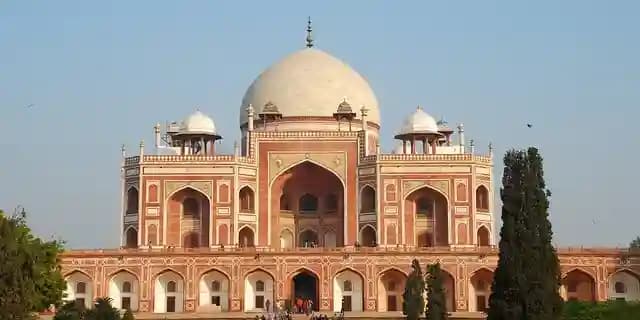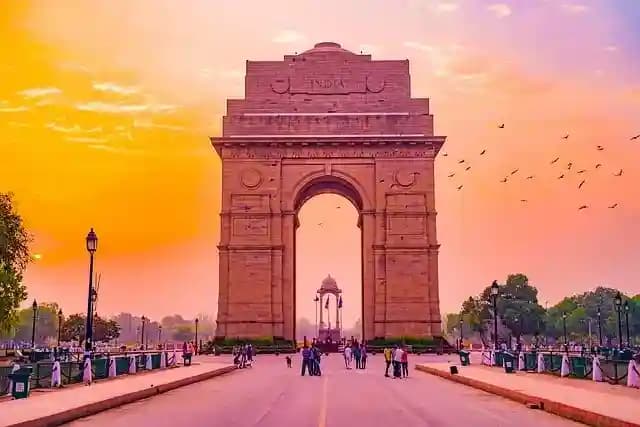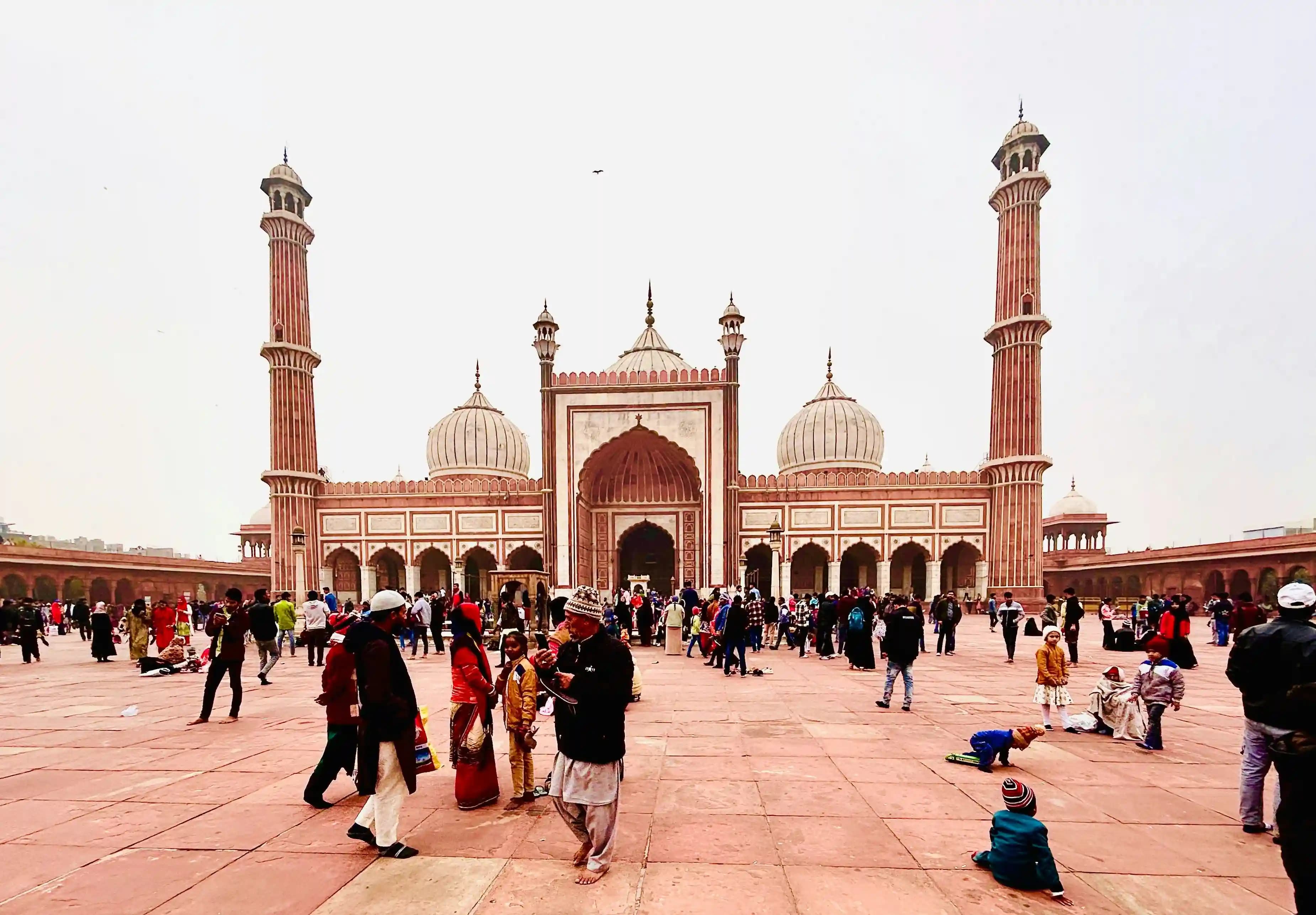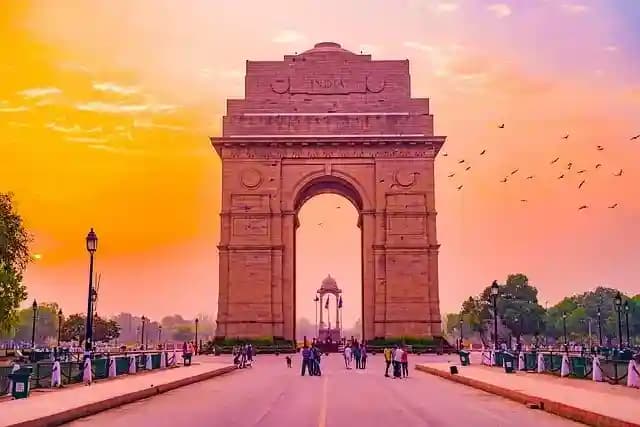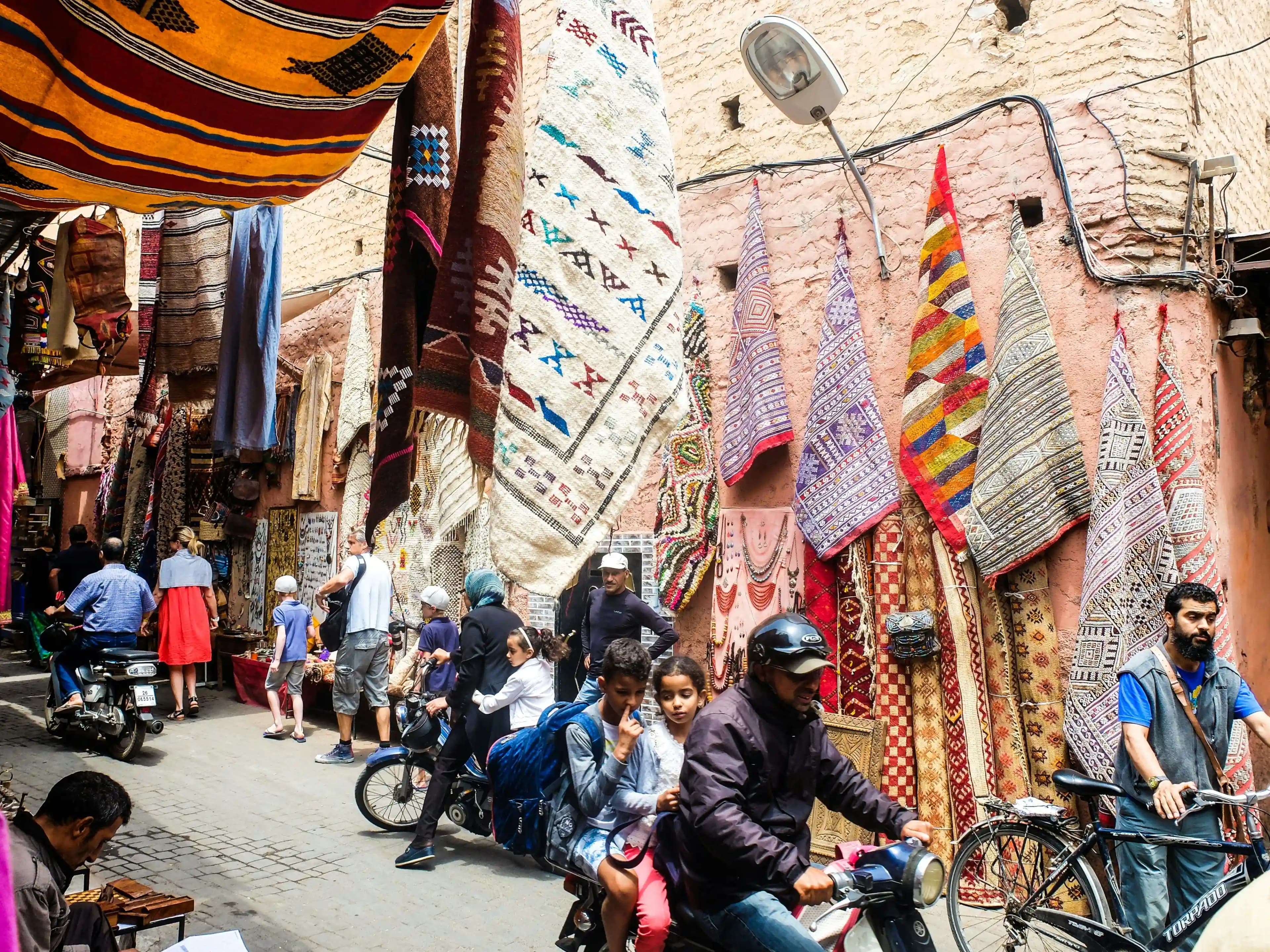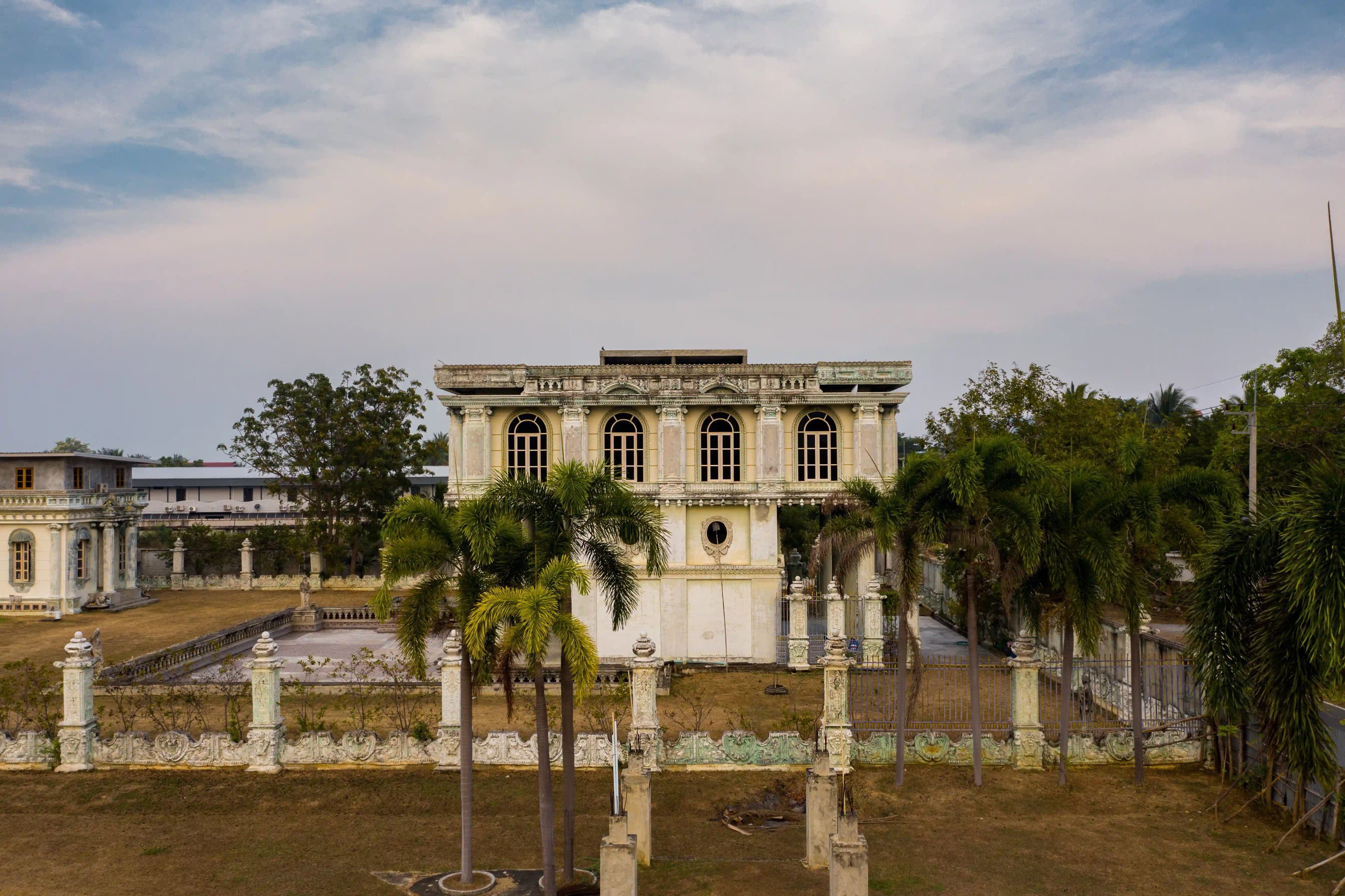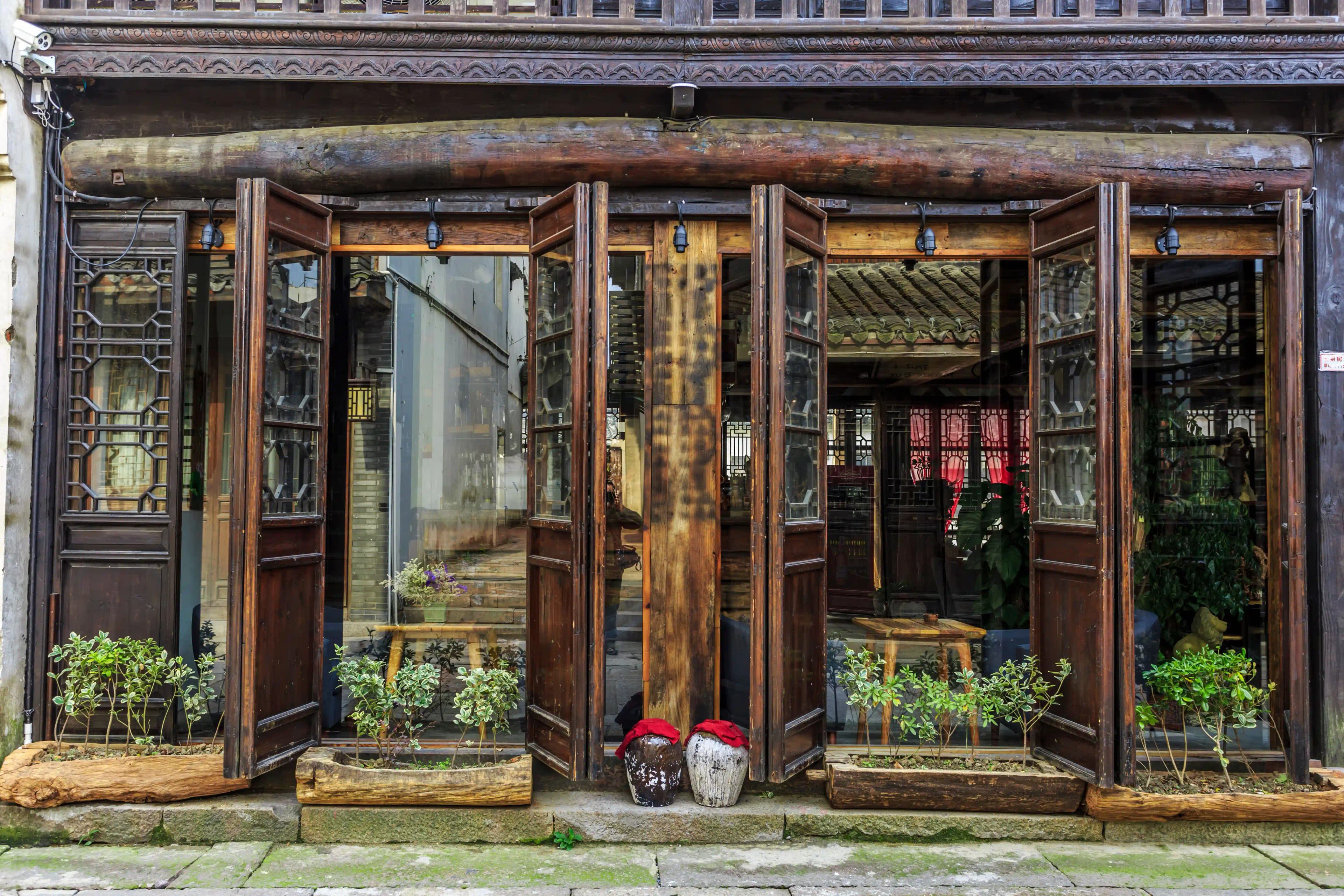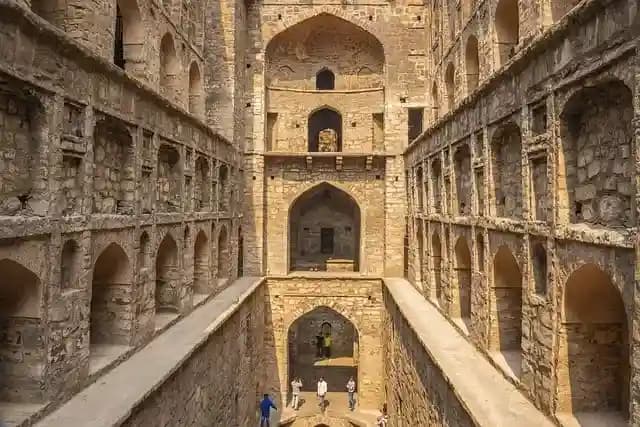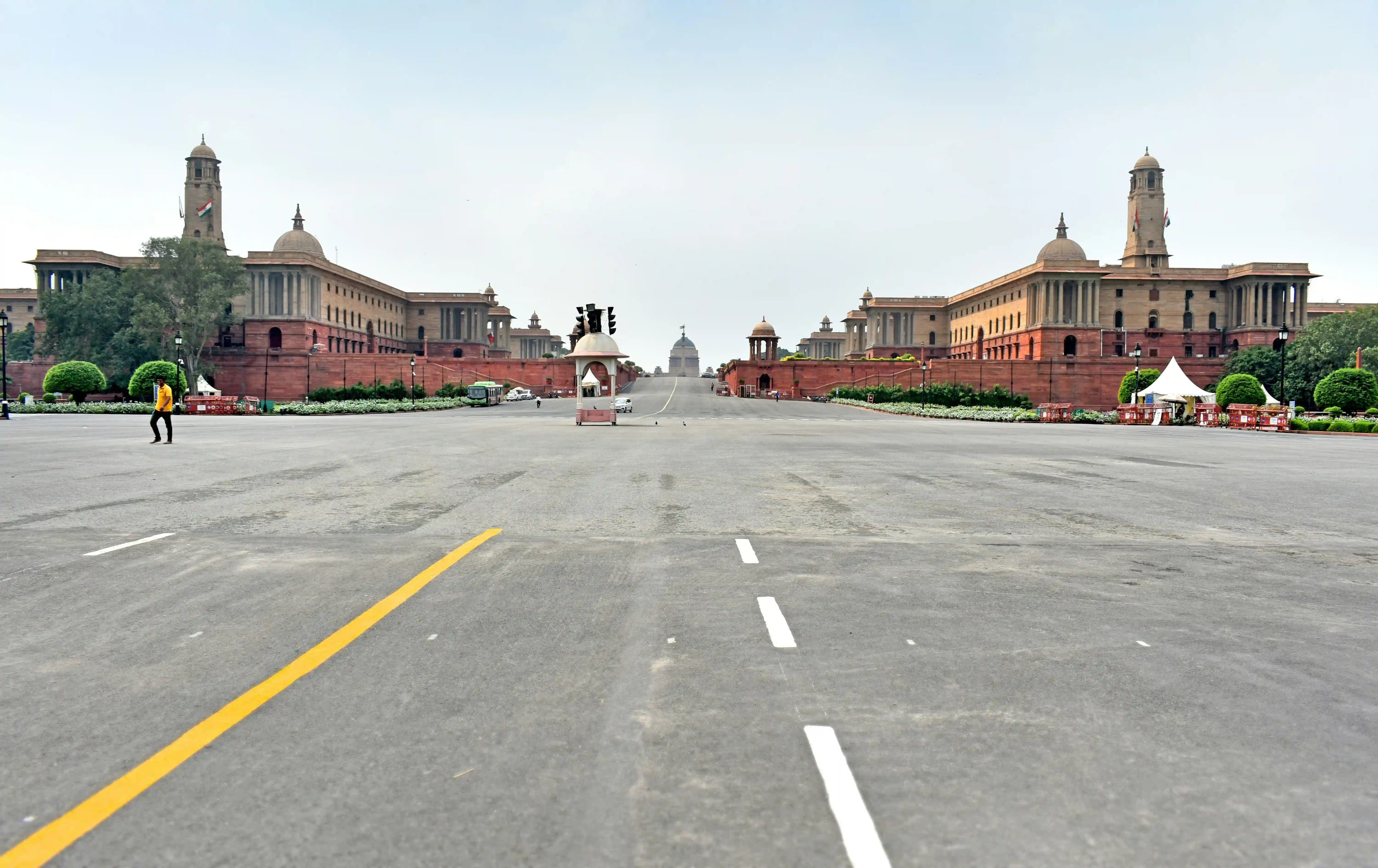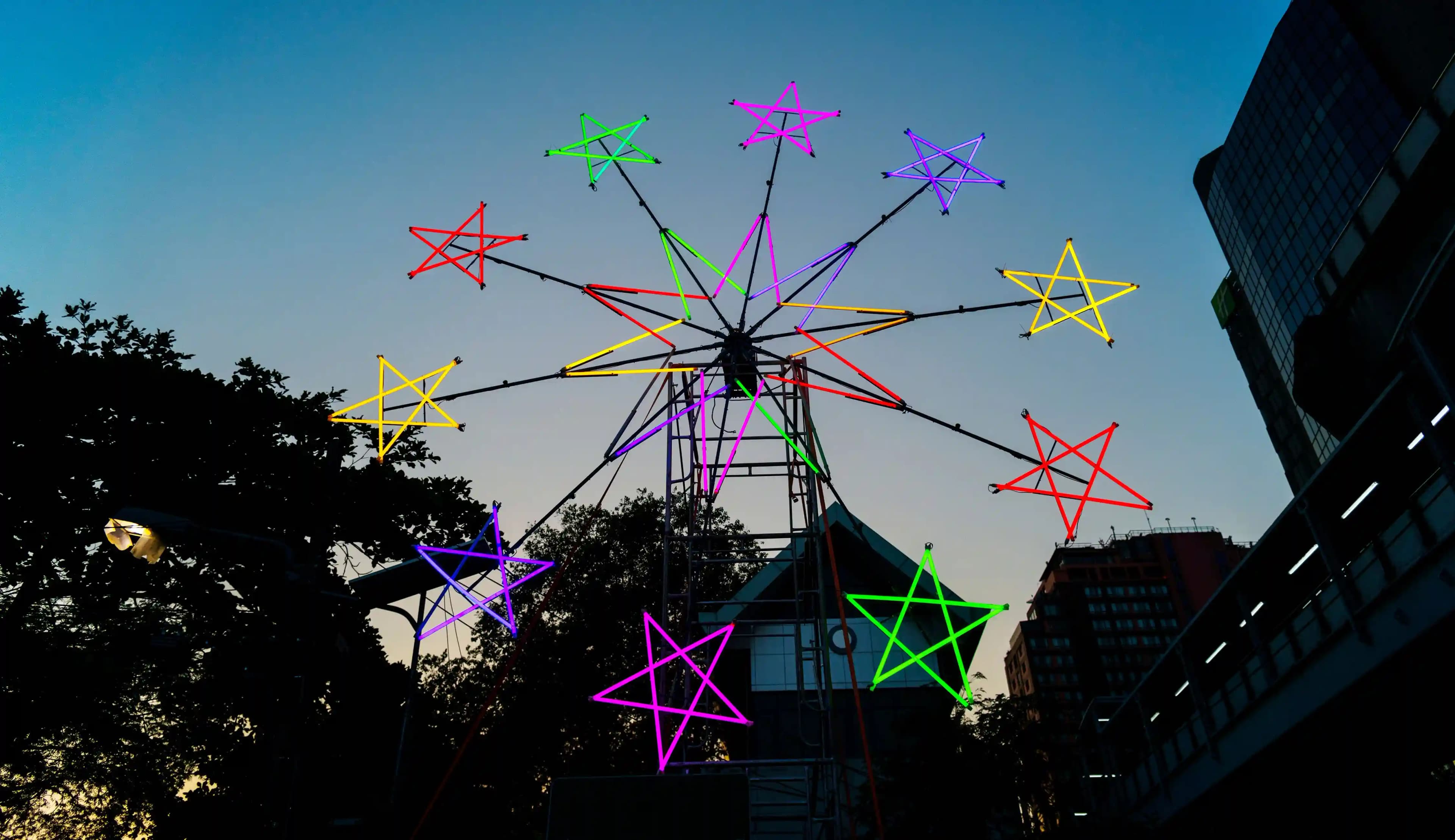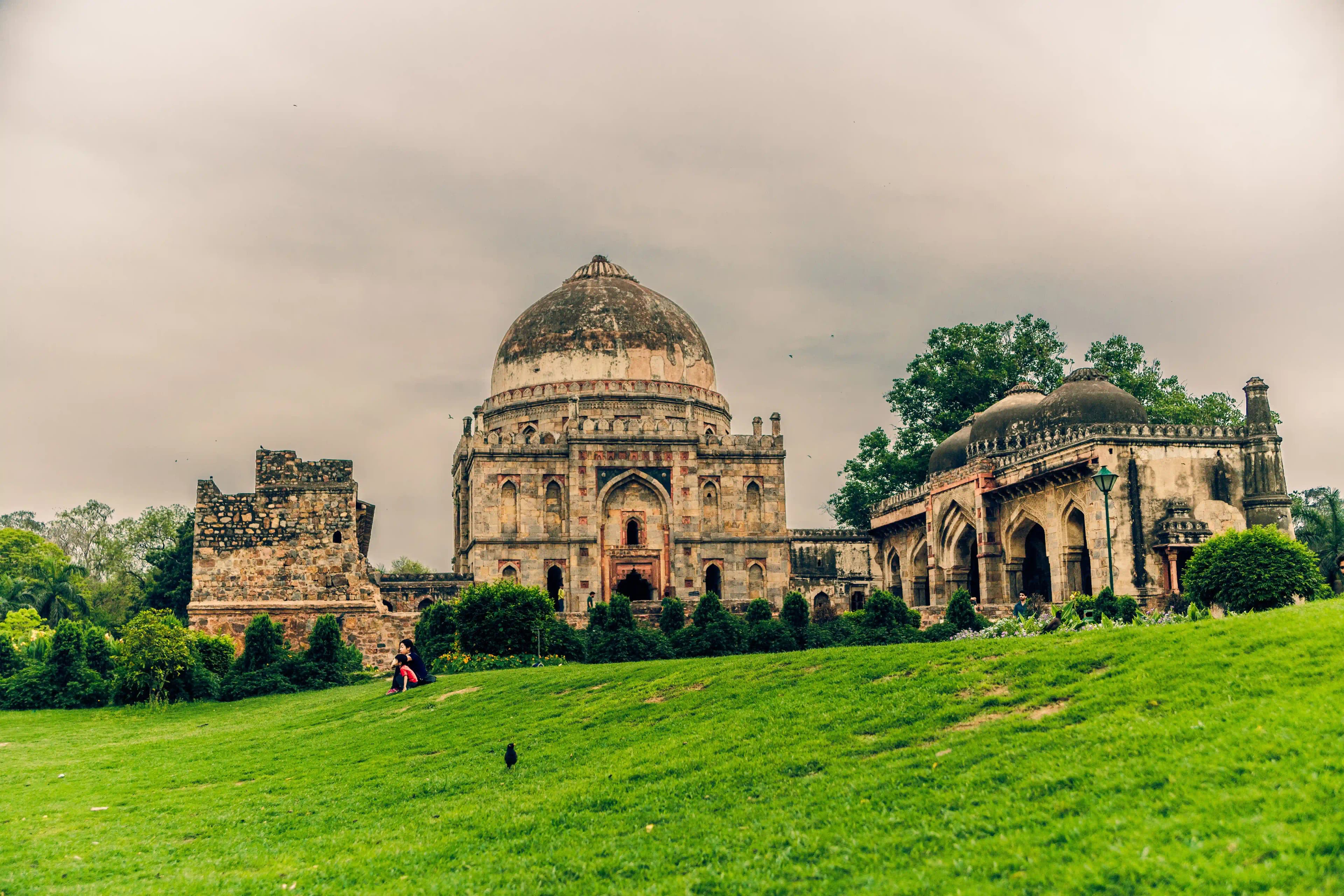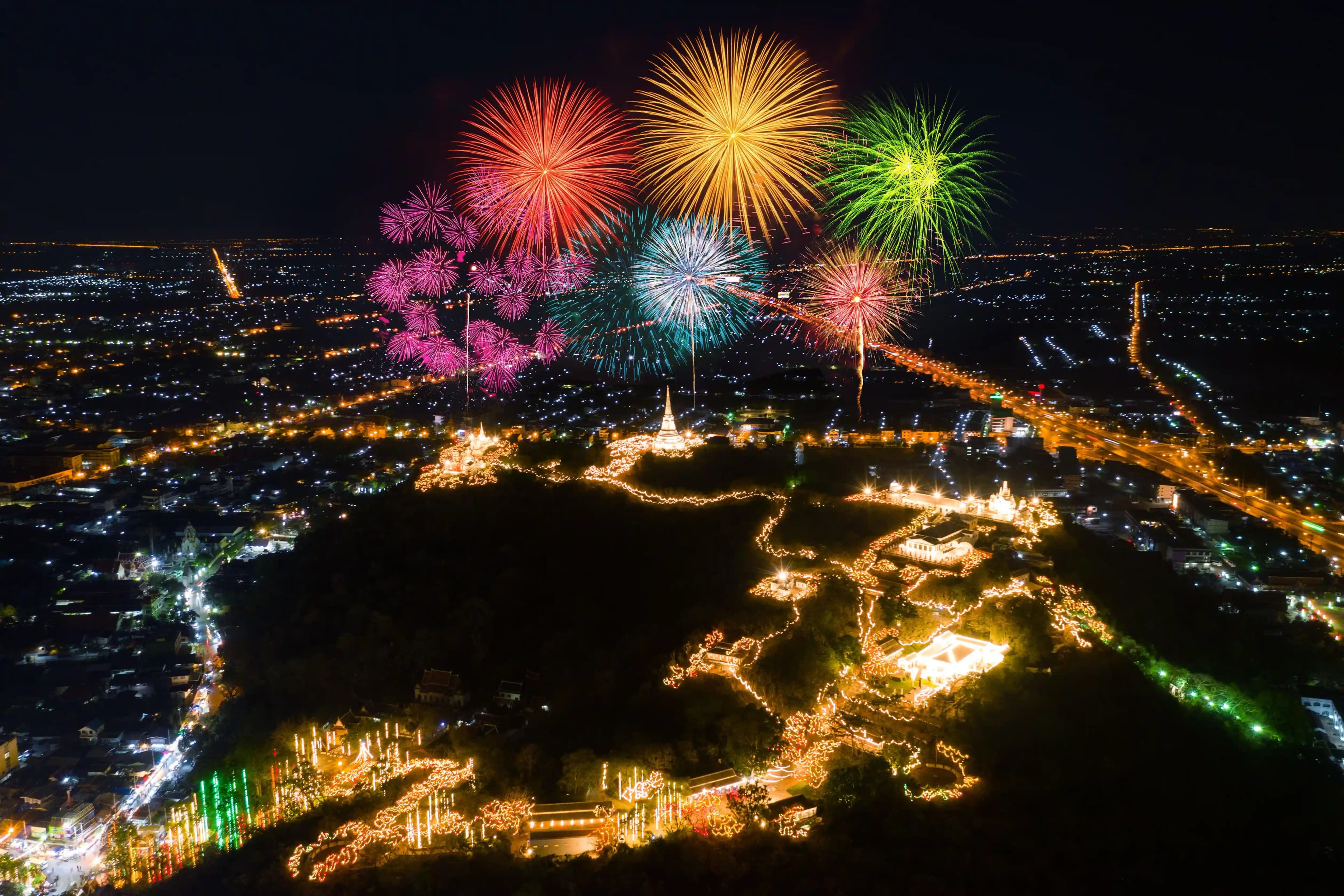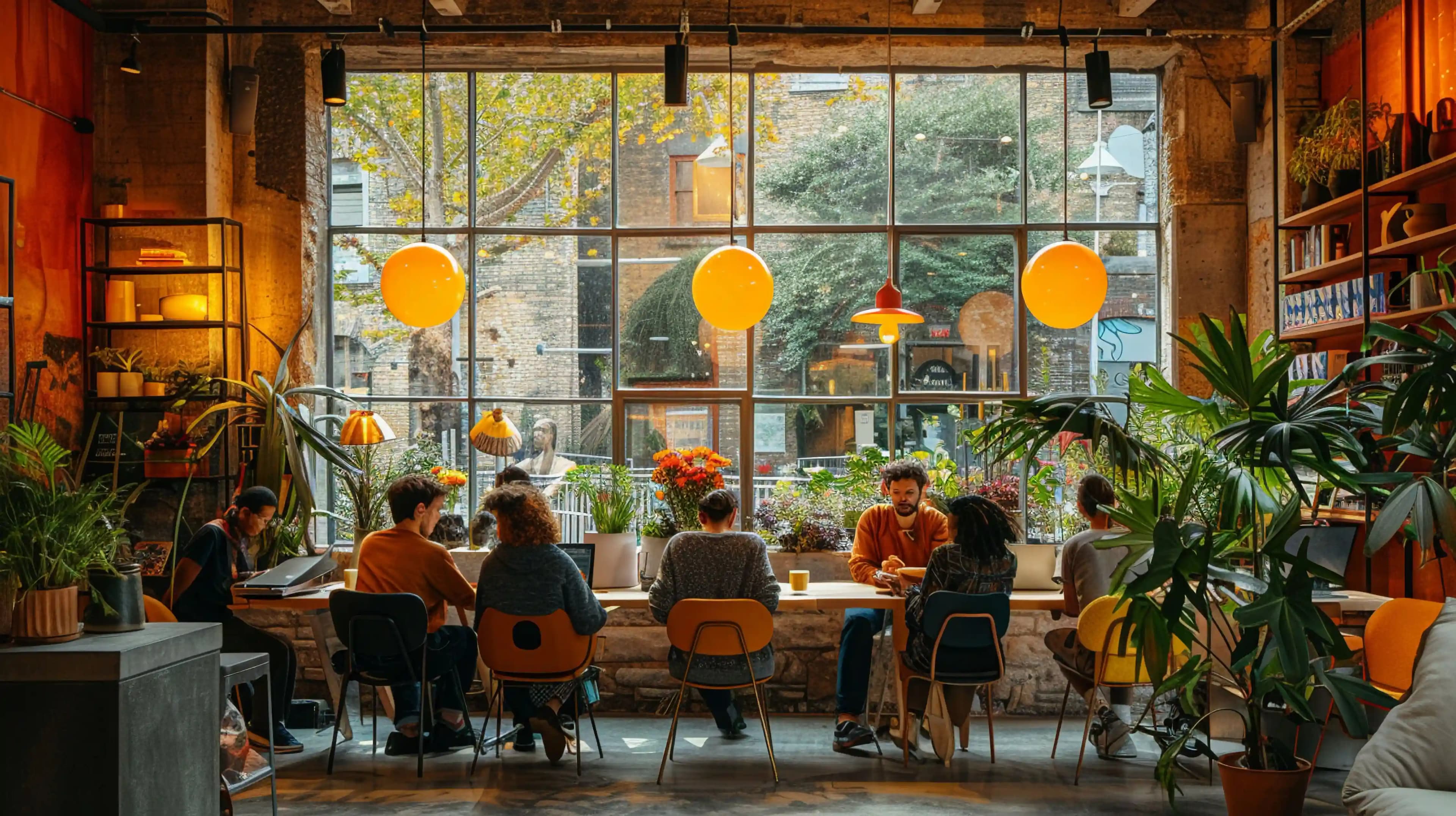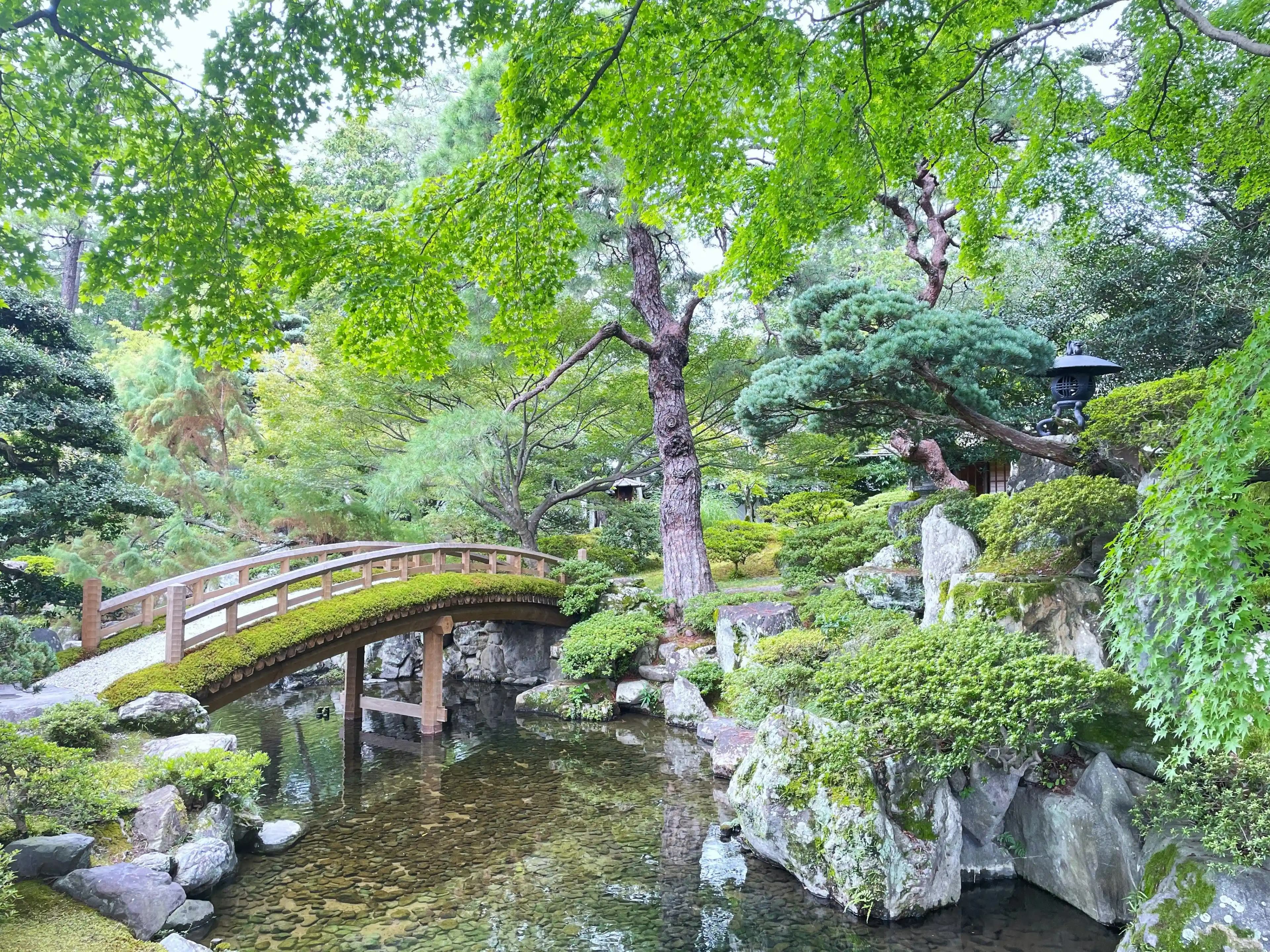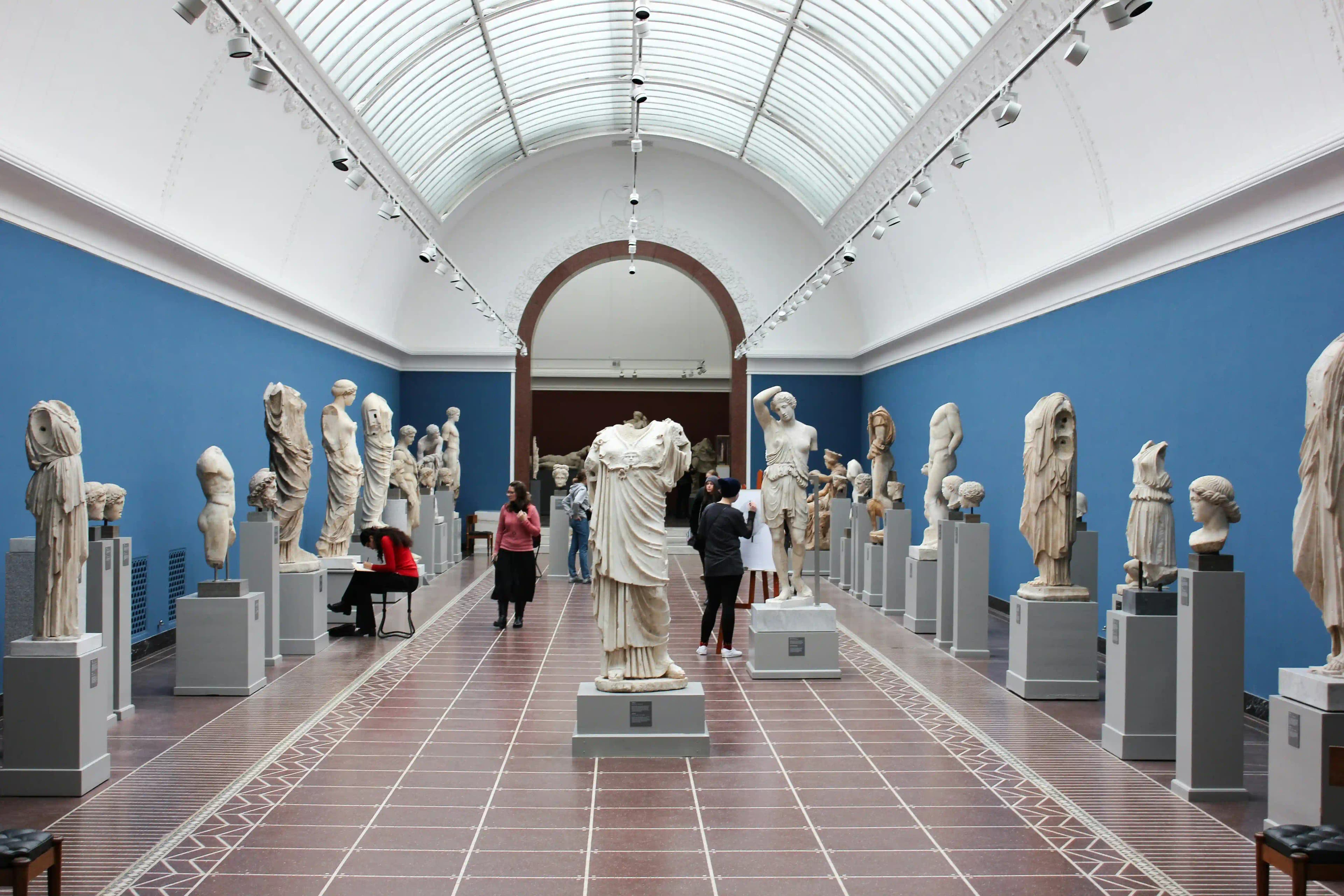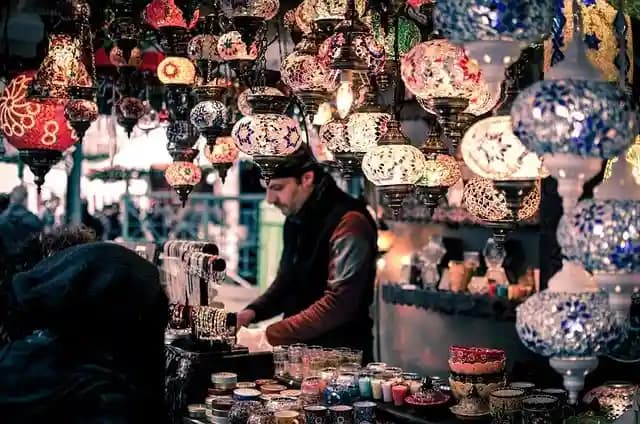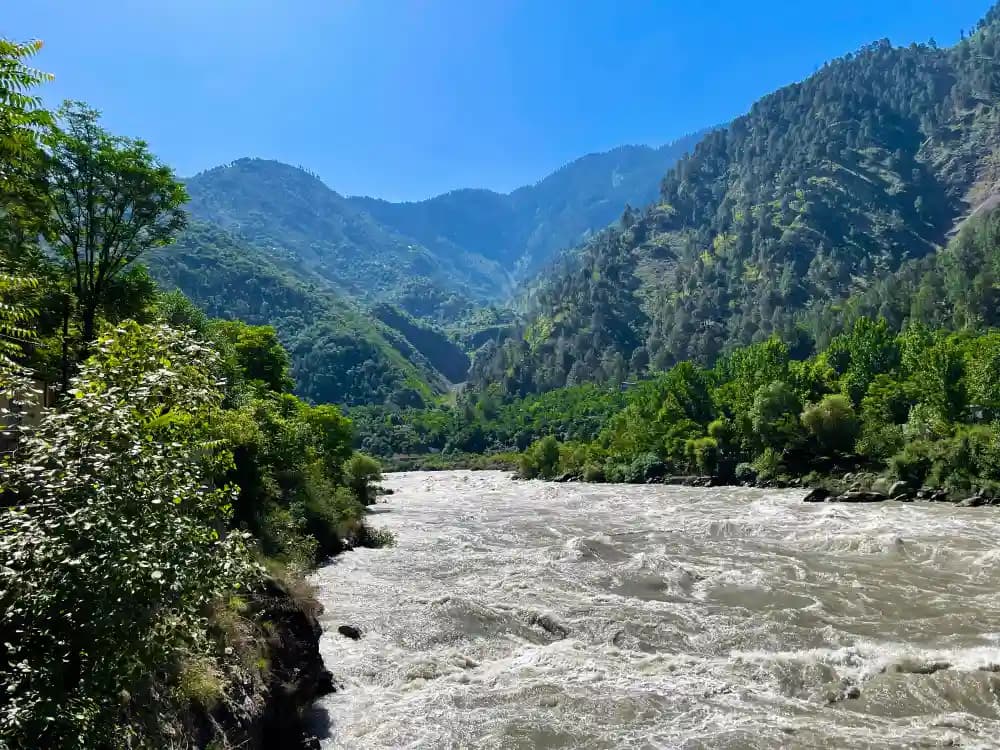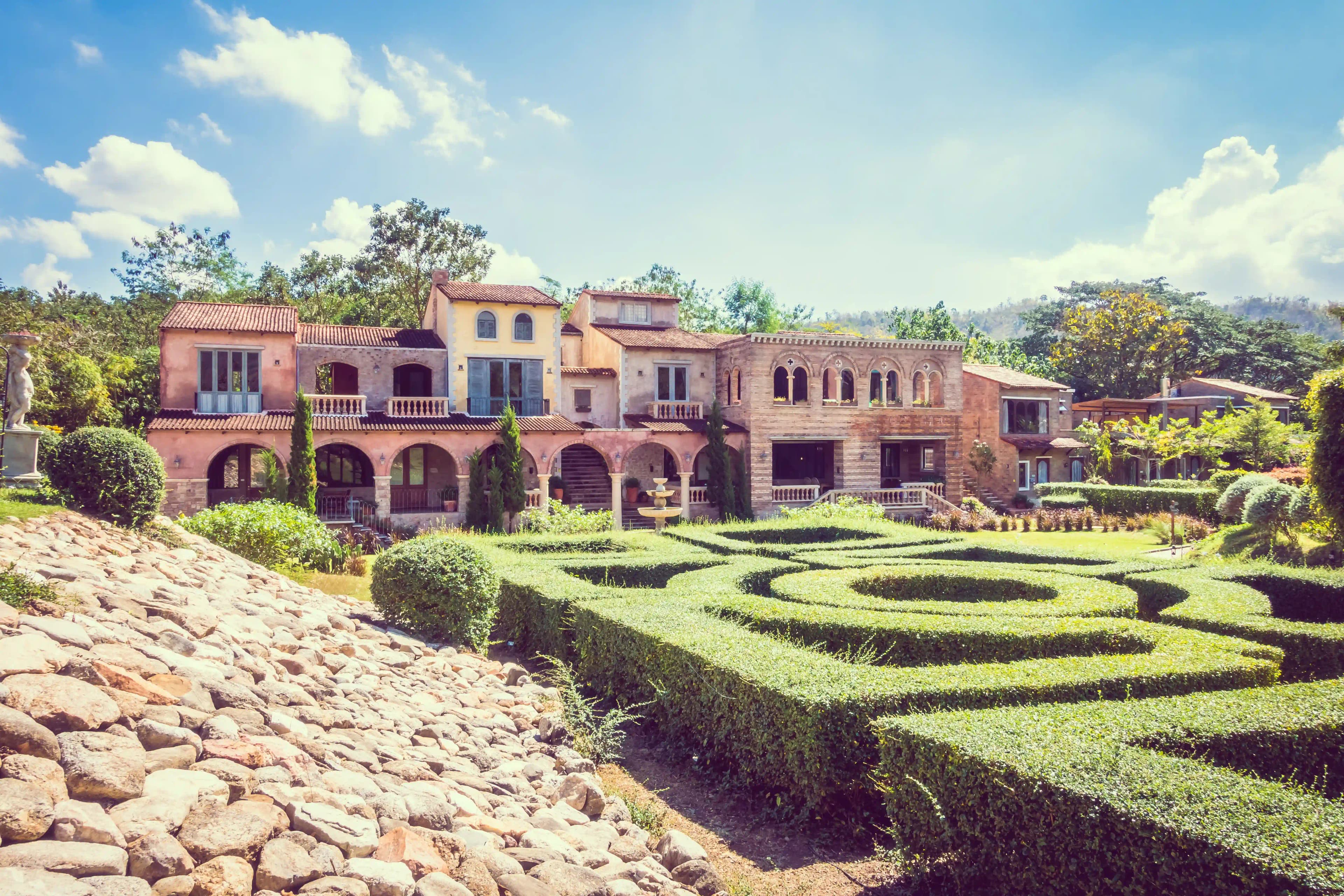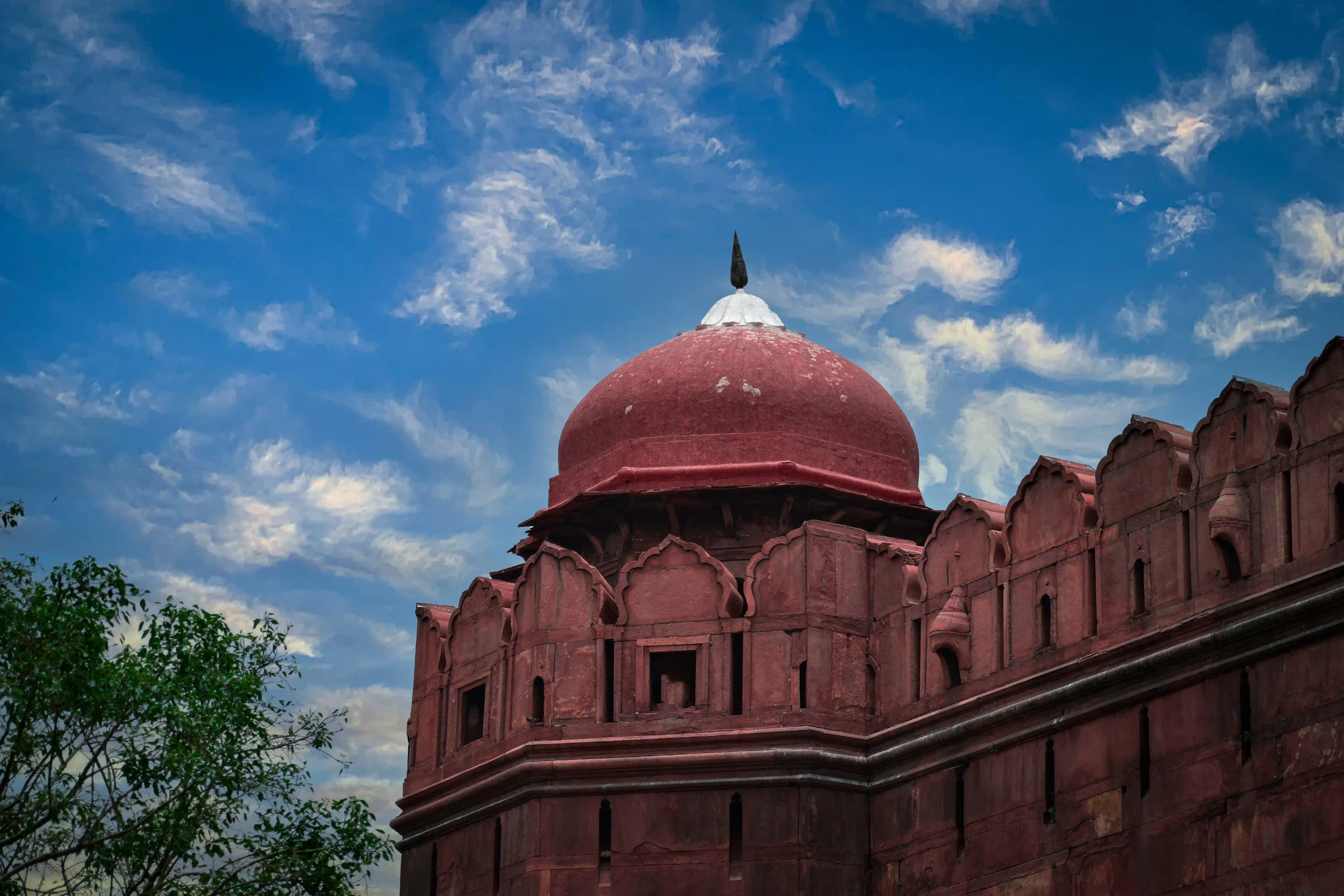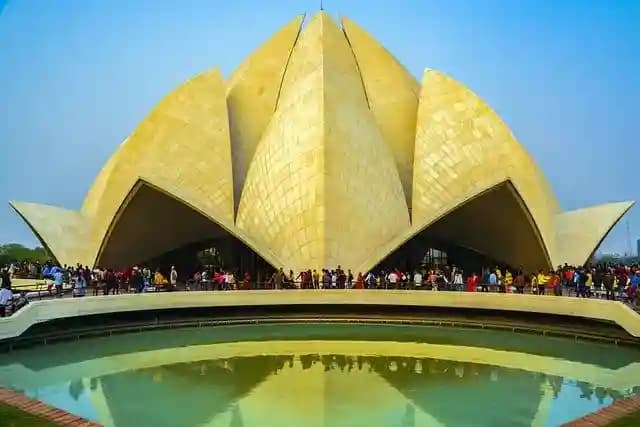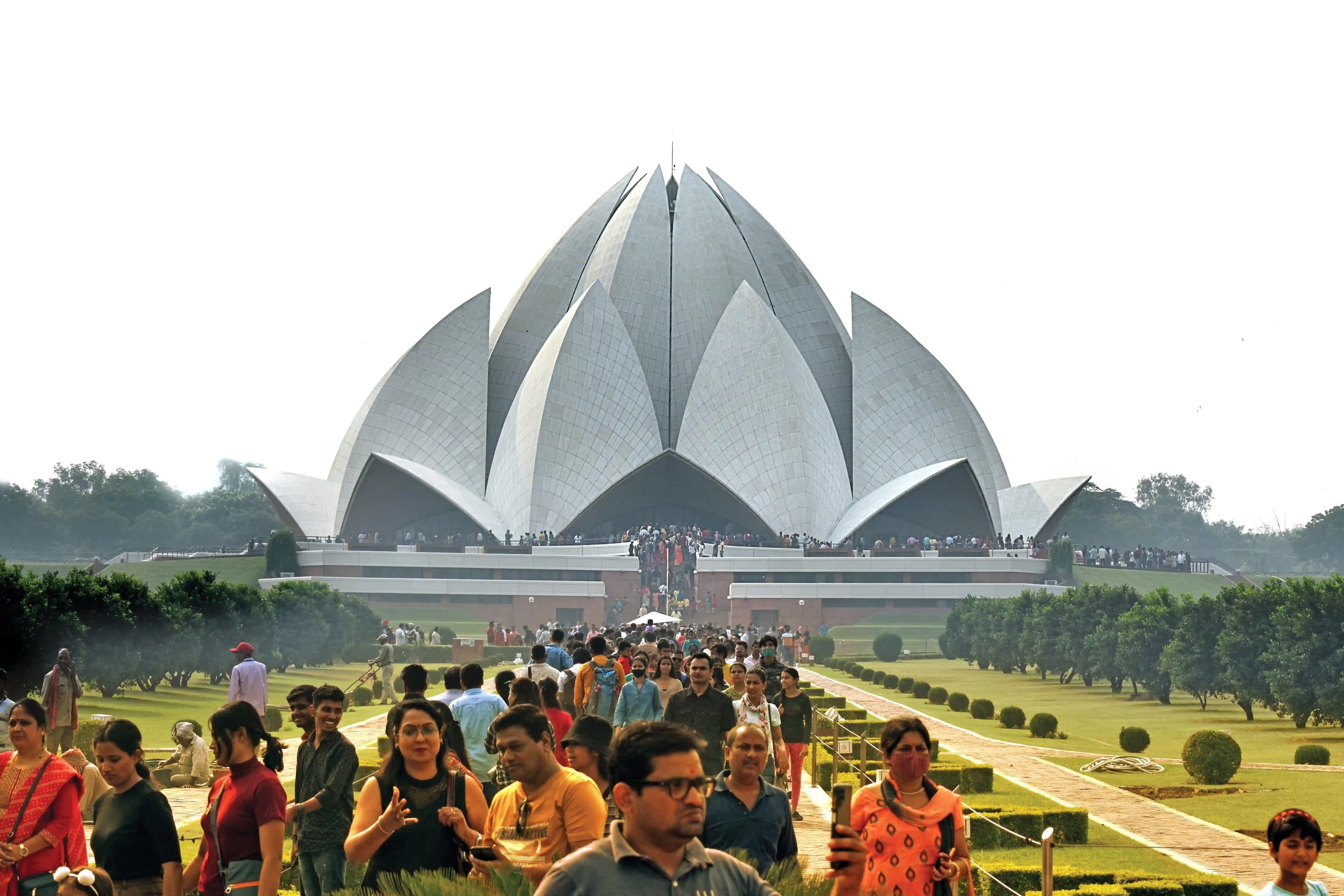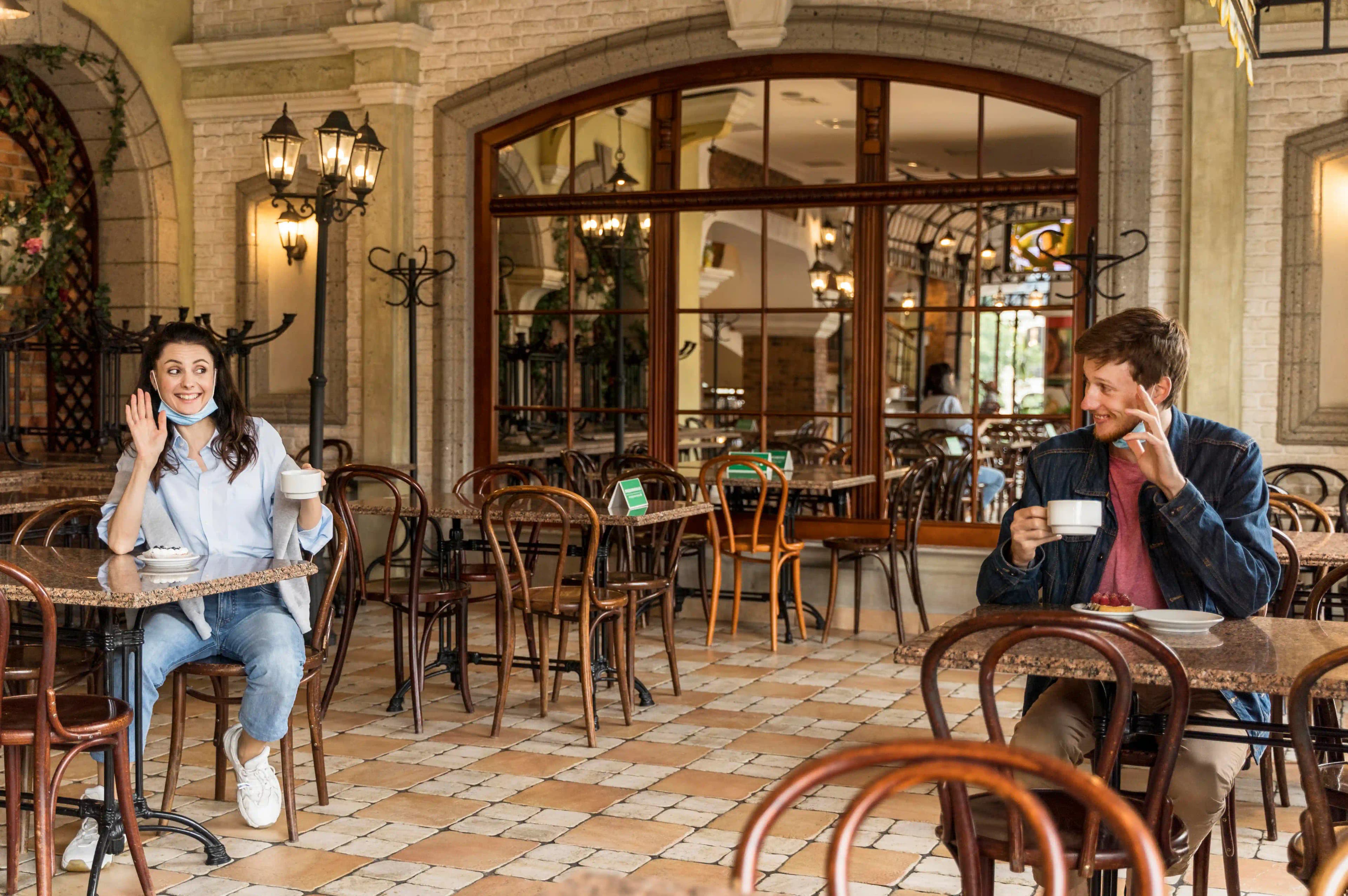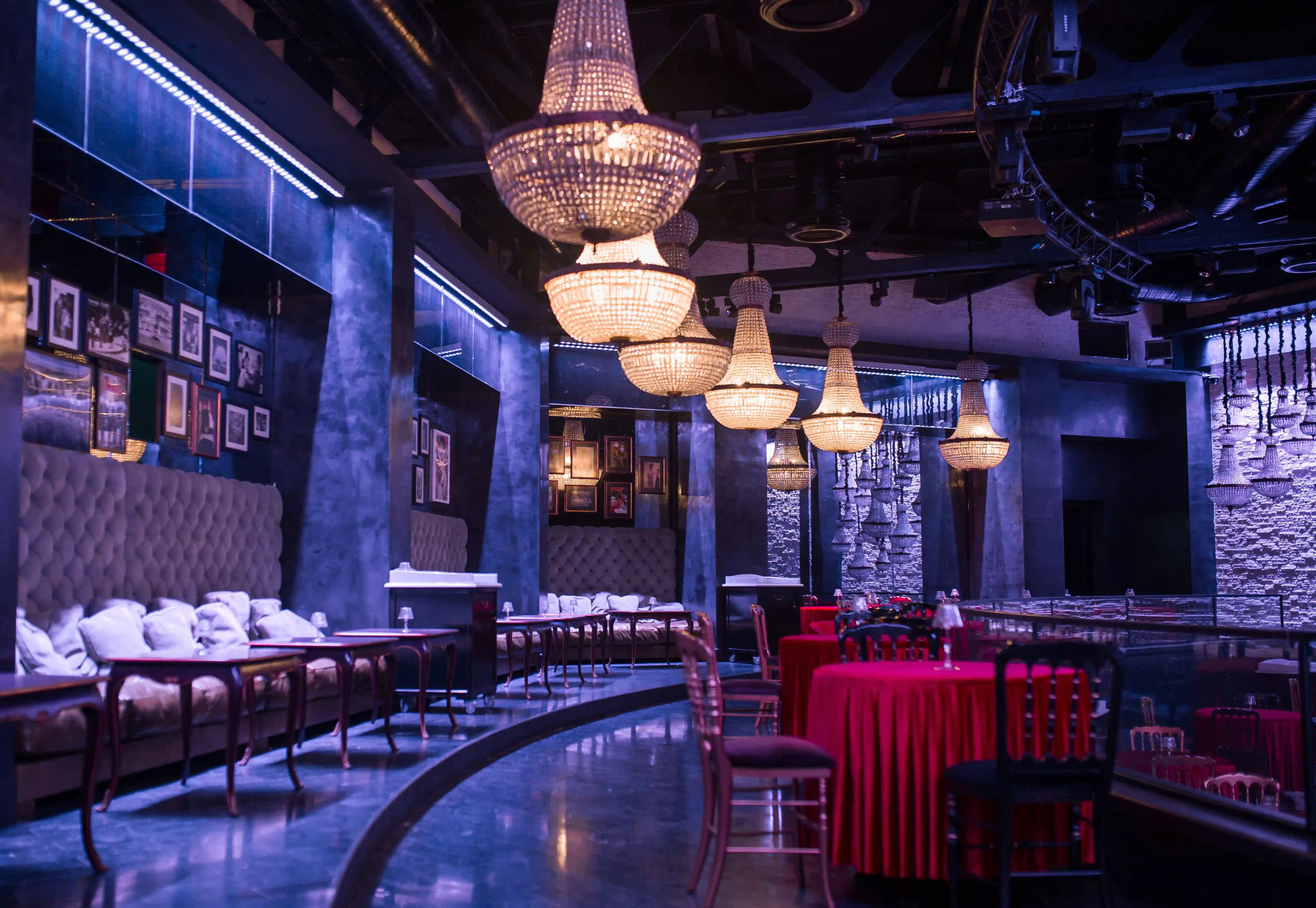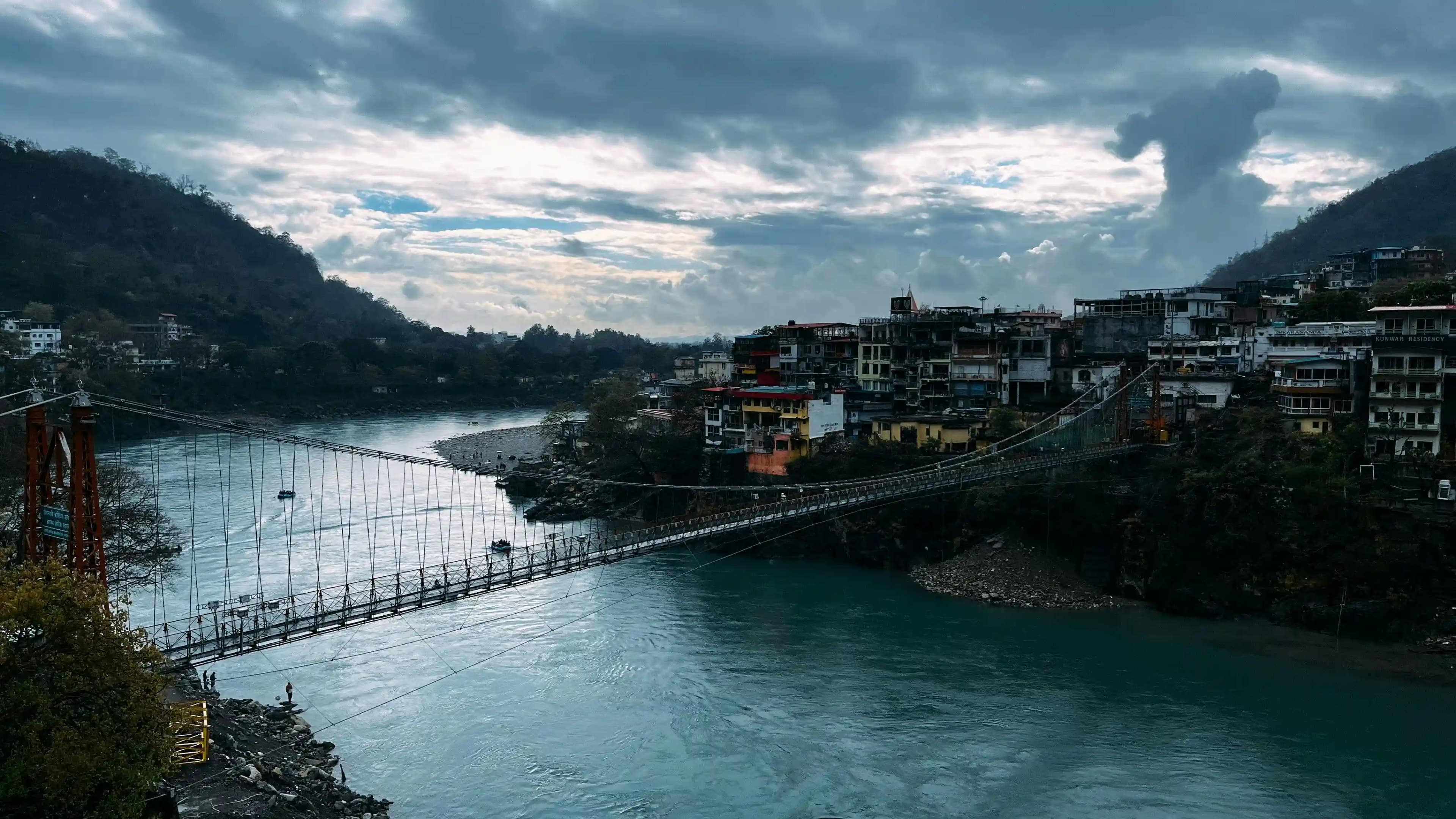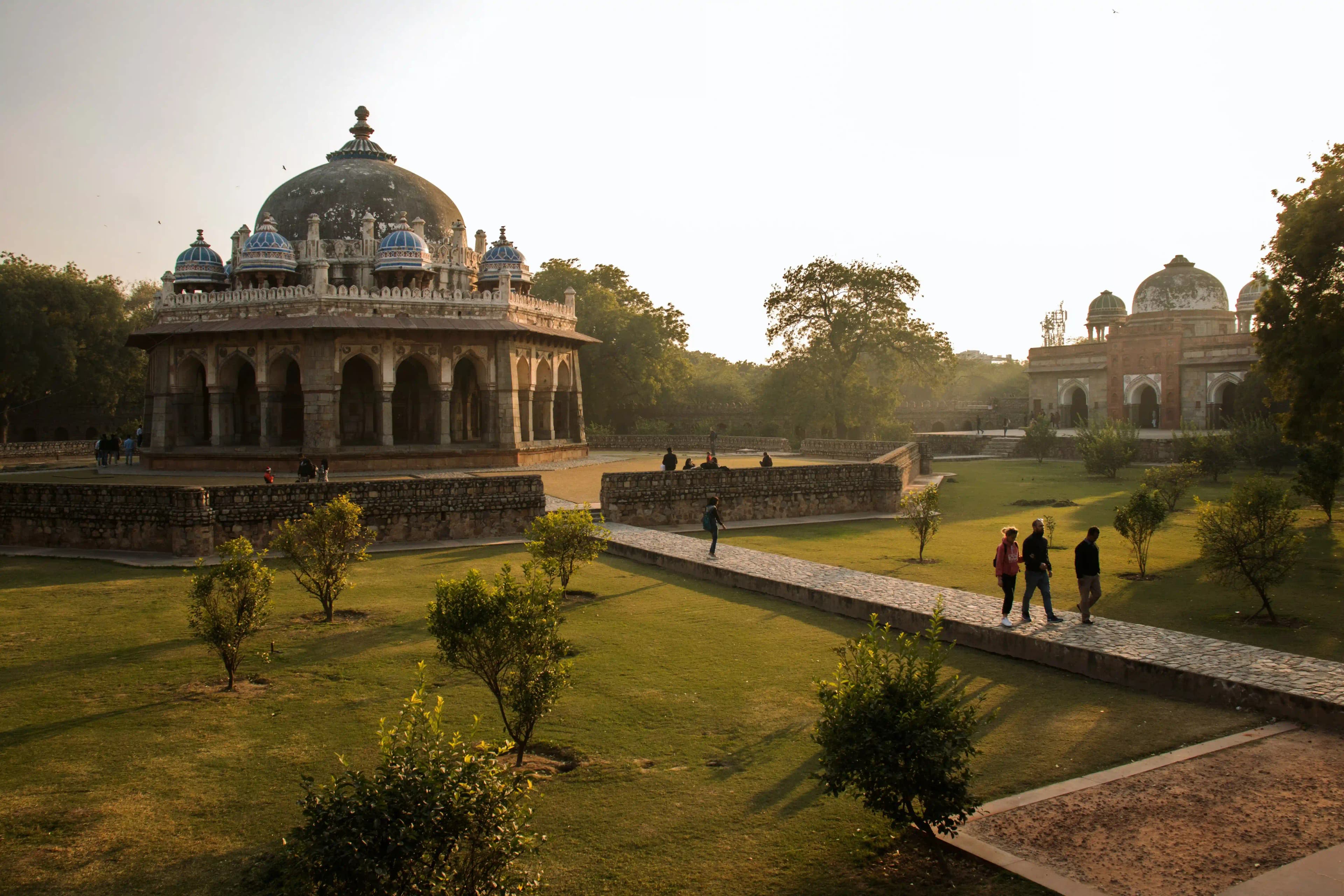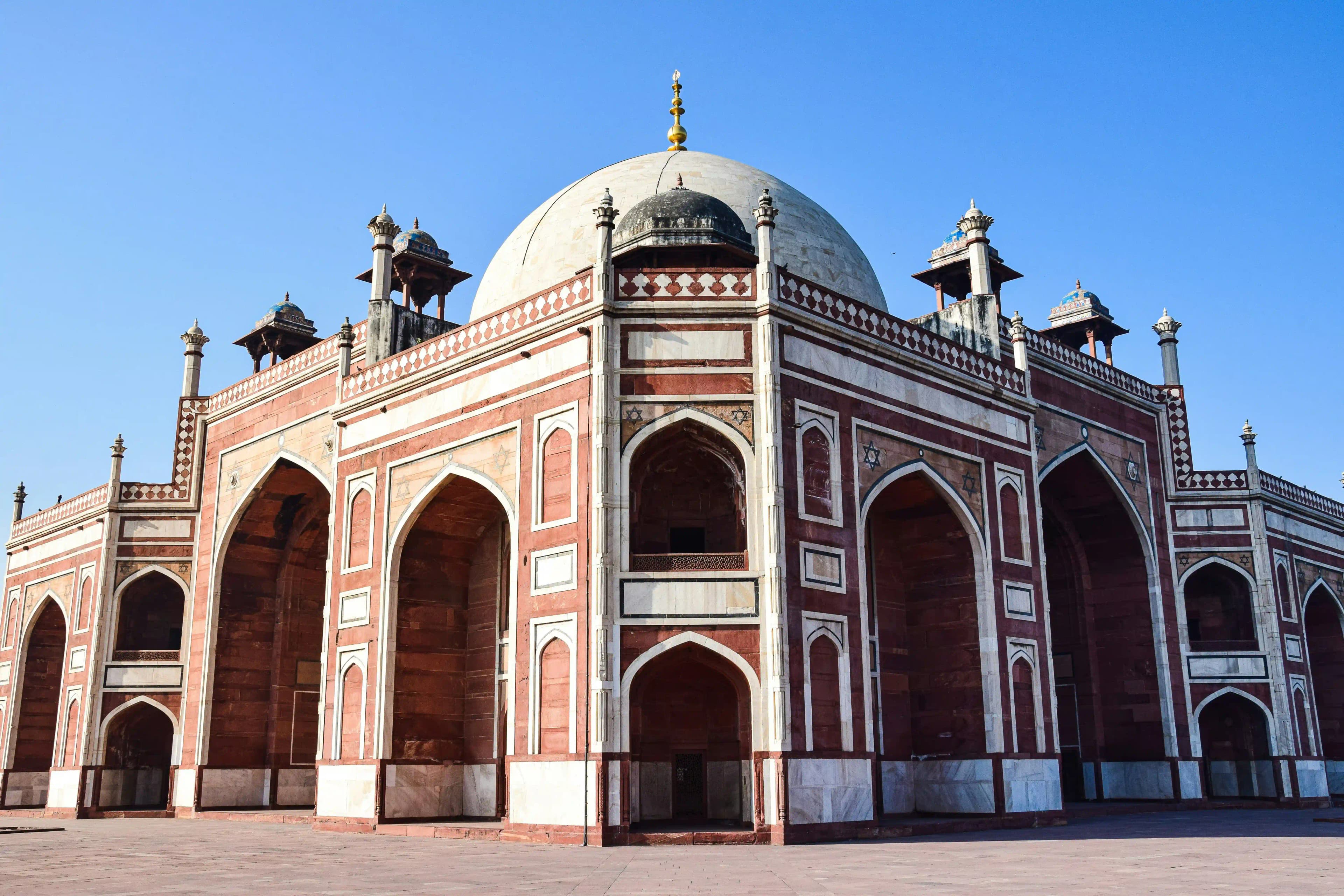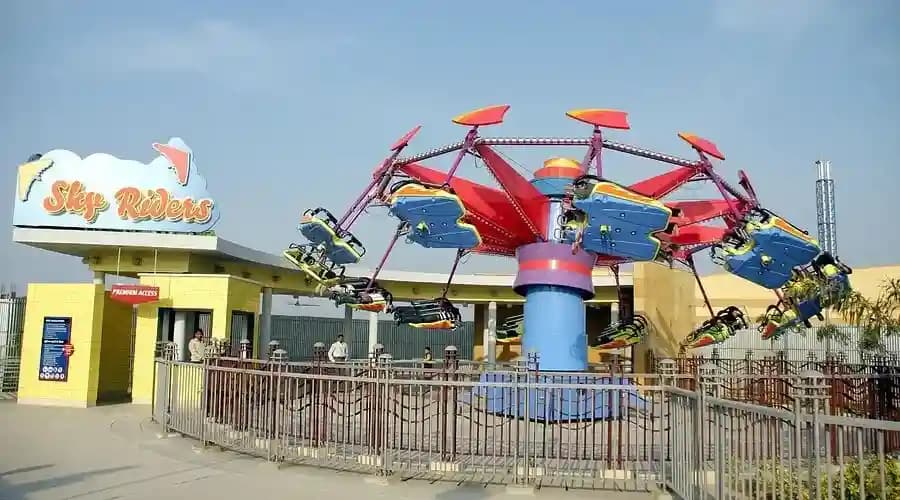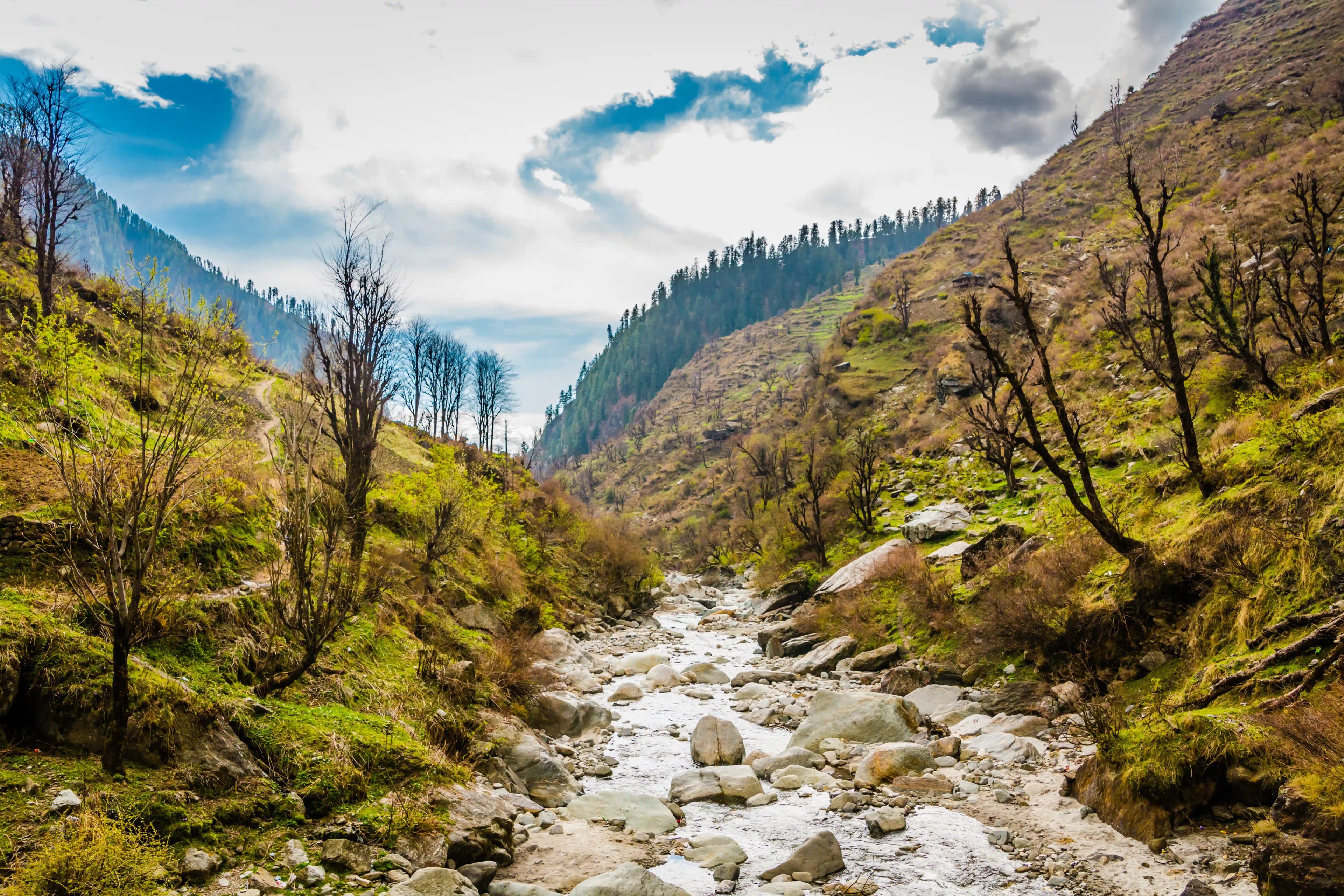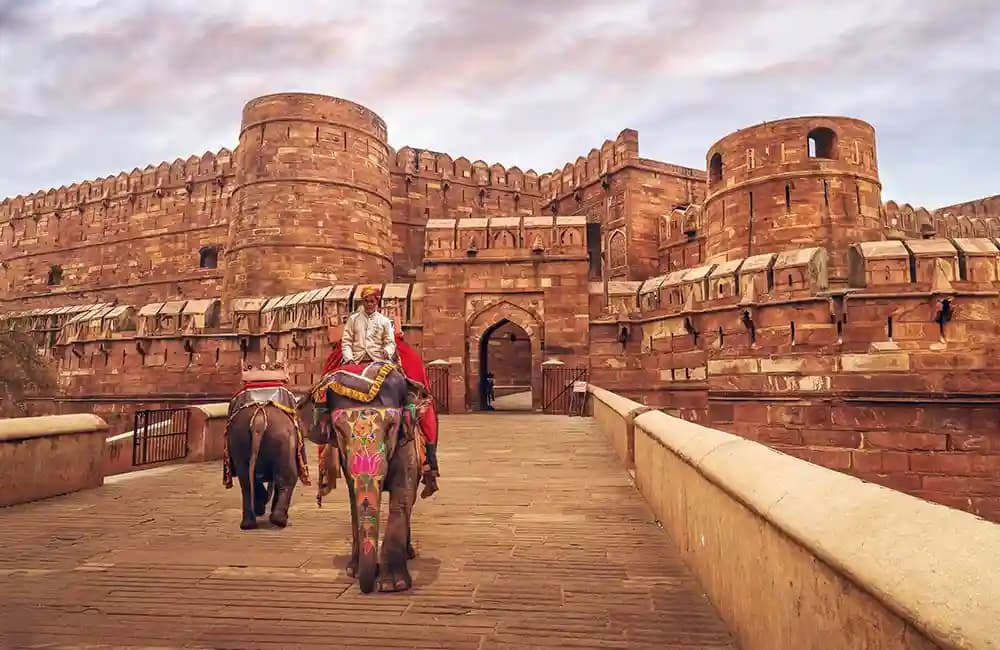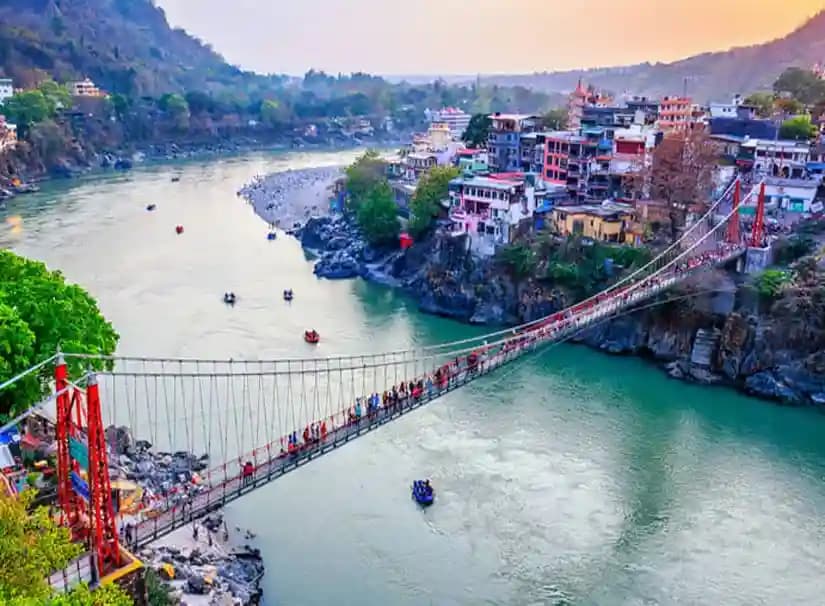Have you ever thought how it feels to walk through the place where emperors once lived? Don't worry Red Fort Delhi, also called Lal Qila, will help you know that feeling. This place was built by Shah Jahan in the 1600s with red sandstone walls, huge gates, and stunning Mughal architecture. For almost 200 years,the Mughal Empire was set here. Even today, you can almost hear the whispers of royal courts, celebrations, and historic events as you walk through its courtyards.
But the Red Fort is not just about the monument. It reflects the living history of the place. On every Independence Day, the national flag is raised here as a memory of India’s struggle for freedom. One can get to explore Diwan-i-Aam, Diwan-i-Khas, Rang Mahal, Mumtaz Mahal, and the bustling Chatta Chowk market inside the fort. Every corner has a story, and no matter if you love history or just want to feel the past, visiting the Red Fort Delhi is an unforgettable experience.
Red Fort Delhi History
There is a story behind every historic site, and the Red Fort is no different. It was Mughal emperor Shah Jahan who built the Red Fort Delhi, between 1638 and 1648. He is also known for building the Taj Mahal. It was built as the palace fort of Shahjahanabad, which was to become the new capital of the Mughal Empire. It was first called "Qila-e-Mubarak," which means "The Blessed Fort."
For almost 200 years, the fort was the main home of the Mughal emperors, making it one of the most historically significant places to visit near Delhi and within the capital region. It was where their courts, palaces, and government offices were located. It was called "Lal Qila," or "Red Fort," because its walls are made of red sandstone. This is still how people call it today.
The fort has been attacked many times over the years, from Nadir Shah's theft in the 18th century to British rule during the colonial era. It became more important after India got its independence when Jawaharlal Nehru raised the Indian tricolour here on August 15, 1947. This remains a tradition every Independence Day.
Red Fort Delhi Timings
It's not enough to just add the Red Fort Delhi to your list, you also need to pick the right time to witness its many courtyards, museums, and palaces properly. Since thousands of people visit the fort every day, knowing when it opens and closes, that too, in advance, will help you avoid the crowds and get the most out of your trip.
The following are the opening hours of the Red Fort:
Tuesday to Sunday - 9:30 AM to 4:30 PM, with the last entry usually being at 4:00 PM.
Monday- Closed
Hindi Show- Usually scheduled first in the evening.
English Show- Conducted later at night.
Duration- Approximately 1 hour.
The Sound and Light Show tells the history of the fort in a dramatic and interesting way in the evenings, which adds a different kind of charm. These shows happen in English and Hindi, and most of the time they occur after sunset. Tickets for the show are not included with the fort entry ticket, so you need to get them separately.
Red Fort Delhi Ticket Price
The entry fee is affordable, ensuring accessibility for both domestic and international travelers:
Indian Citizens: ₹35 per person.
Foreign Tourists: ₹500 per person.
Children below 15 years: Free entry.
Light and sound show: prices generally range from ₹80 to ₹250, depending on the seating and language.
Pro Tip: For the Sound and Light Show, booking in advance is recommended during peak tourist seasons.
What to See Inside Red Fort Delhi
The Red Fort Delhi is beautiful place to visit not only because of its huge walls, but also because of the hidden treasures inside them. As you walk inside, each courtyard, hall, and garden gives you a glimpse of everyday Mughal life, which was rich, artistic, and based on tradition. Check out these must-see sights that no visitor should miss:
1. Diwan-i-Aam
The Diwan-i-Aam, also known as the Hall of Public Audience, is a huge, open room where the emperor used to talk to his people and hear their requests. It is built with rows of beautiful arches and carved pillars that frame the large space in a beautiful way. In the middle of it, there used to be the emperor's marble throne canopy, which was decorated with intricate pietra dura inlay work. This hall was a symbol of Mughal justice because it was where regular people could talk to the emperor about their problems. As you walk through it now, you can almost picture the grand scene of Shah Jahan or one of his successors running the empire.
2. Diwan-i-Khas
The Diwan-i-Khas, or Hall of Private Audience, shows how private and fancy life was at the Mughal court. The Diwan-i-Aam was for public events, while this marble hall was for private events with ministers, nobles, and foreign dignitaries. Inside, there are fine floral carvings, marble inlays, and other fine decorative work. The famous Peacock Throne, which was covered in gold and precious gems, used to be here before it was taken to Persia. "If there is Paradise on Earth, it is this, it is this, it is this," a Persian inscription on one of its walls says in a beautiful way.
3. Rang Mahal
The Rang Mahal, which means "Palace of Colours," was built so that royal women could live in style. Its name comes from the bright colours of its rooms, which used to have brightly painted walls, intricate mirror mosaics, and bright ceiling designs. The Nahr-i-Bihisht, or "Stream of Paradise," is an impressive part of the palace. It was a marble water channel that ran through the middle of it to cool it down and add a peaceful atmosphere. At night, oil lamps lit the room and made a beautiful pattern of light and reflection. The Rang Mahal truely reflects upon Mughal art and culture, even though it has lost some of its original beauty.
4. MumtazMahal
The Mumtaz Mahal, which is named after Shah Jahan's most beloved wife, used to be part of the royal women's quarters in the Red Fort. It was built with beautiful white marble and has delicate arches and carvings. Today, the Red Fort Archaeological Museum is located there. It has manuscripts, coins, textiles, and paintings that give us a glimpse into Mughal life. It is a major draw within the fort because of its mix of history and culture.
5. Chatta Chowk
The Chatta Chowk is a covered market that used to serve Mughal royalty and noble families. It is located just outside the Lahori Gate. There were shops selling silks, jewelry, and perfumes along the long corridors and arched ceilings. It still does well today, with stalls selling handicrafts, souvenirs, and traditional art. It feels like a living remnant of a 17th-century shopping arcade.
6. Lahori Gate
The Lahori Gate is the big main entrance to the Red Fort. It is called so, because it faces Lahore, which is now in Pakistan. It used to be the entrance for kings, queens, and other important people, with two huge octagonal towers on either side. It is still a symbolic entrance today, and the Prime Minister famously used it on Independence Day. It sets the tone for the grandeur inside.
5. Nubat Khana
Right where the chatta chowk ends, there is the Naubat Khana, also known as the Drum House. During the Mughal era, musicians would play ceremonial drums here to announce the arrival of the emperor or important guests. The building is now a museum that shows what life was like at the Mughal court. It is richly decorated with floral patterns.
Best Time to Visit Red Fort Delhi
As one of Delhi's most popular sights and a perfect destination for a one day trip from Delhi, the fort welcomes a lot of visitors daily. To get the best experience, plan your trip for the best season, time of day, and prepare well, if you are planning a visit during the holidays. Going to the Red Fort at the right time is important if you want to get the most out of it, whether you want a more peaceful walk through its historic courtyards, to see lively cultural events, or just to enjoy the nice weather:
Months: From October to March, when the weather is nice in Delhi and it's easy to walk around the big complex, it seems to be the best time to visit the fort. It is winter season during this time of the year. Avoid the summer months (April to June) because the temperatures can get above 40°C, which makes exploring uncomfortable. During Monsoon Season (July–September), the fort looks beautiful when it rains, but sudden downpours may make your visit unpleasant.
Time of the day: More people won't be there in the morning, which makes it a great time to visit.
Special highlight: if you want to see the Sound and Light Show, evenings are the best time.
How to Reach Red Fort Delhi
The Red Fort is easy to get to because it is in the middle of Old Delhi. However, as there are several ways to get there, you may be confused about which mode of transportation to choose from. Hence, the easiest ways to get there are broken down below:
By Metro
You can get to the fort from the Lal Qila Metro Station on the Violet Lin. It is the nearest metro station to Red Fort Delhi and is only a short walk away. If you take the Yellow Line, you can drop off at Chandni Chowk Metro Station. The fort is about 15–20 minutes away on foot or a short cycle rickshaw ride away. The metro is the safest choice, especially if you want to avoid Delhi's traffic.
By Road
The Delhi Transport Corporation (DTC) runs a number of buses and cluster buses that go through Old Delhi. "Red Fort Stop," a bus stop on Netaji Subhash Marg, is named after the fort. Buses can You can get directly to the fort with taxis and app-based taxi services like Ola and Uber. If there is traffic, the drive from Connaught Place takes twenty to twenty-five minutes. There are parking lots close to the fort, but they tend to fill up quickly during holidays, so it's best to get there early.
On foot or in a rickshaw
You can walk or take a cycle rickshaw to get to the fort if you are already in Chandni Chowk or Jama Masjid. Some of the best ways to experience Old Delhi's lively lanes are on foot, and a cycle rickshaw ride will add a touch of local charm to your trip.
Tips for Visiting Red Fort Delhi
You'll have the best time at the Red Fort Delhi if you're well-prepared. With its huge courtyards, old palaces, and busy crowds, it's best to plan a few things ahead of time to make your trip easier and more memorable. Before you go, here are some useful things to keep in mind:
Buy tickets online: to save time and avoid long lines at the ticket counter, you need to buy your tickets online through official sites. This is helpful on weekends, holidays, and during tourist season.
Arrive early: the best time to explore is in the morning. When you get there early, there are fewer people there, so you can take more pictures and enjoy the beauty at your own pace
Wear comfortable shoes: About 255 acres make up the Red Fort complex Delhi. As you walk from palaces to halls to gardens, sandals or shoes that are easy on your feet will keep you at ease.
Stay Hydrated: If you want to stay cool while walking around the fort, you need to bring a water bottle with you. There are refreshment drinks and water available near the entrance as well.
Hire a guide or audio tour: You might want to hire a government-approved guide or rent an audio guide for better exploration.But ensure to hire from legitimate sources to save money.
Photography rules: Before clicking, you should always read the signs or ask someone in charge. Most of the time, you need special permission to click pictures of certain restricted areas, or use any other professional gear.
Conclusion
A visit to the Red Fort is not just about admiring its grand walls and palaces; it is about stepping into centuries of history that shaped India. From the opulence of Mughal courts to the echoes of freedom on Independence Day, the fort is a place where culture, architecture, and national pride meet. Walking through its courtyards, gardens, and museums offers a glimpse of the past while connecting you to the spirit of the present. For travelers, the Red Fort Delhi is more than a sightseeing stop: it is an essential experience that captures the true essence of Delhi.



